These are mostly all things that I have asked Link, actually. They have been very good about answering. Basically, it is an almost fully featured G4X XtremeX, except it is missing the last 2 injector drive FETs, and the high-side driver IC since those are pretty rare to need in an OEM setup. What it does have which the regular one does not are onboard MAP and 6 high-current ignition drive transistors which can fire "dumb" coils directly.
Now, it is the case that quite a few things are not broken-out to the 88 pin DME connector, but they are all accessible in internal expansion connector and the through hole board-to-board connector that couples the G4X mainboard to the Motronic adapter/daughter board. In my case, I do not think that I will need to actually solder to any of those since there are just enough unused aux inputs and outputs by virtue of me not using this in an E36. DBW would require me to tap into some of them for sure (or give up traction control and fuel+oil pressure), but other than that the required hardware is all in there.
Here's my Q&A thread at Link where I ask about some of this stuff.
https://forums.linkecu.com/topic/130...e-application/
Their rationale for NOT breaking-out all of the additional inputs and outputs is that it would make a support nightmare with everyone implementing the E36X differently, when it is supposed to be a PnP system. I actually entirely understand that, and don't really have a beef with it. It would not be too hard to figure out what is what on the B2B header inside using a multimeter and the PCLink software, and Link might even just tell you which pins to use if you asked (I doubt they would give you a full map).
Now, it is the case that quite a few things are not broken-out to the 88 pin DME connector, but they are all accessible in internal expansion connector and the through hole board-to-board connector that couples the G4X mainboard to the Motronic adapter/daughter board. In my case, I do not think that I will need to actually solder to any of those since there are just enough unused aux inputs and outputs by virtue of me not using this in an E36. DBW would require me to tap into some of them for sure (or give up traction control and fuel+oil pressure), but other than that the required hardware is all in there.
Here's my Q&A thread at Link where I ask about some of this stuff.
https://forums.linkecu.com/topic/130...e-application/
Their rationale for NOT breaking-out all of the additional inputs and outputs is that it would make a support nightmare with everyone implementing the E36X differently, when it is supposed to be a PnP system. I actually entirely understand that, and don't really have a beef with it. It would not be too hard to figure out what is what on the B2B header inside using a multimeter and the PCLink software, and Link might even just tell you which pins to use if you asked (I doubt they would give you a full map).



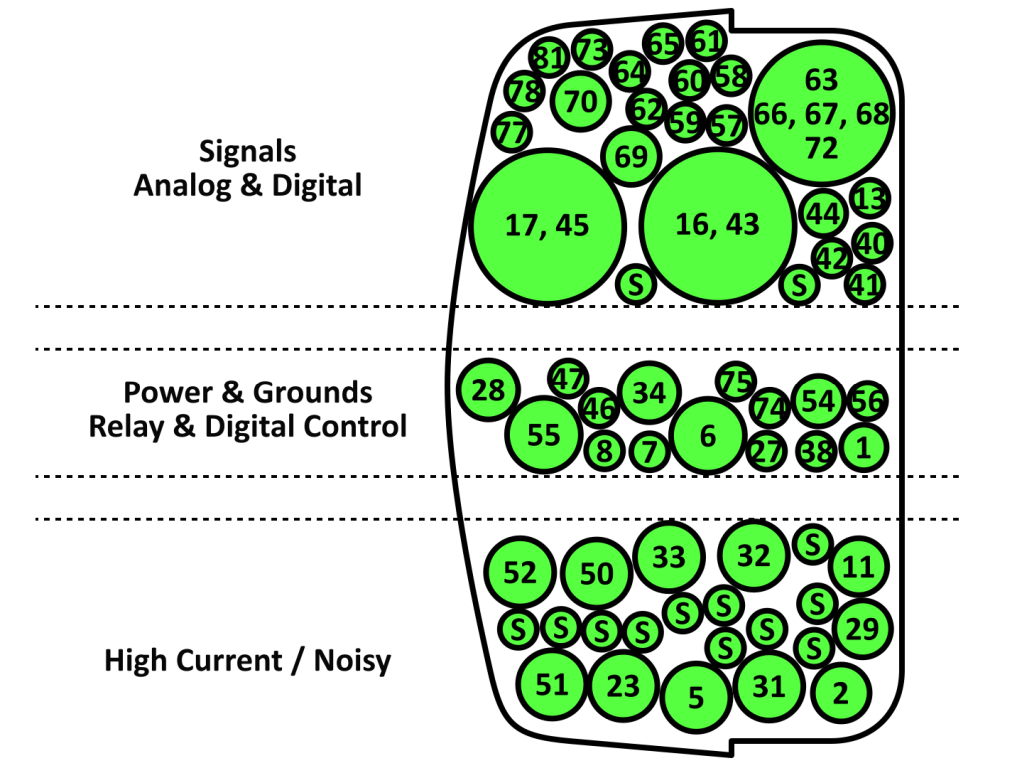

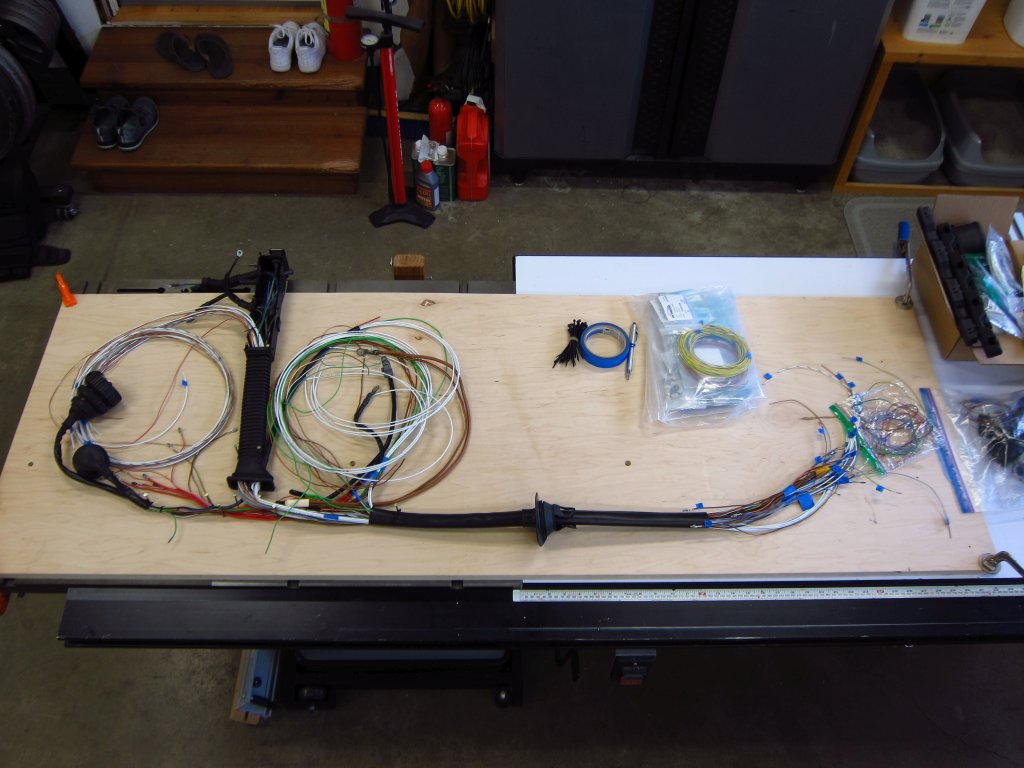
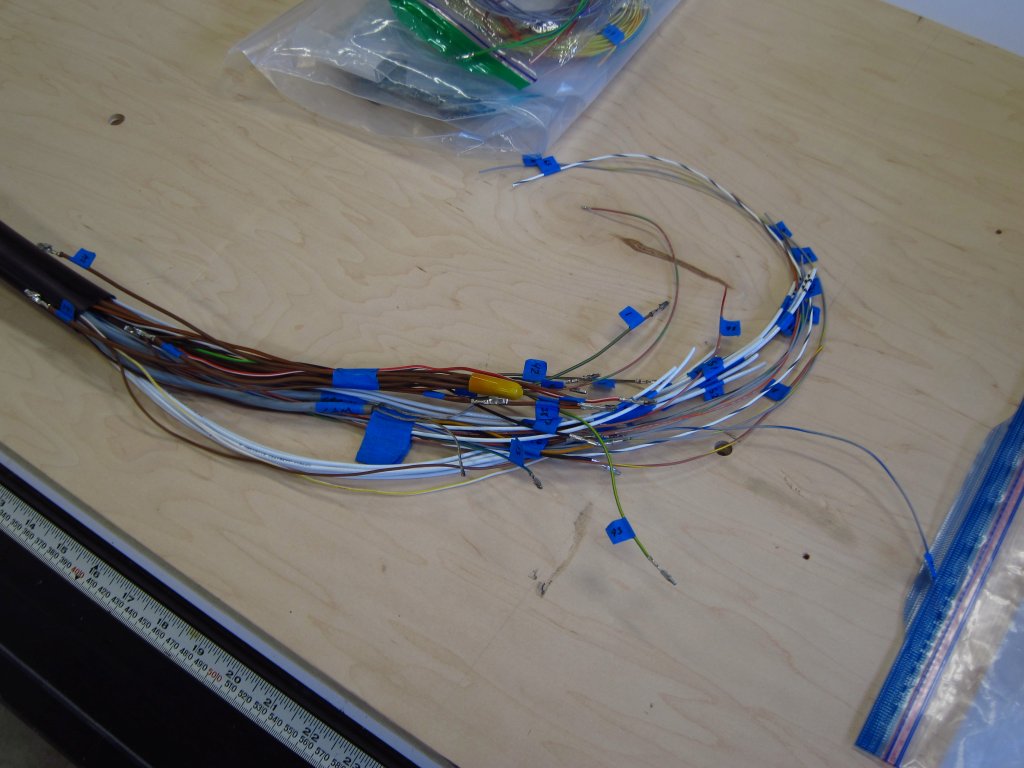
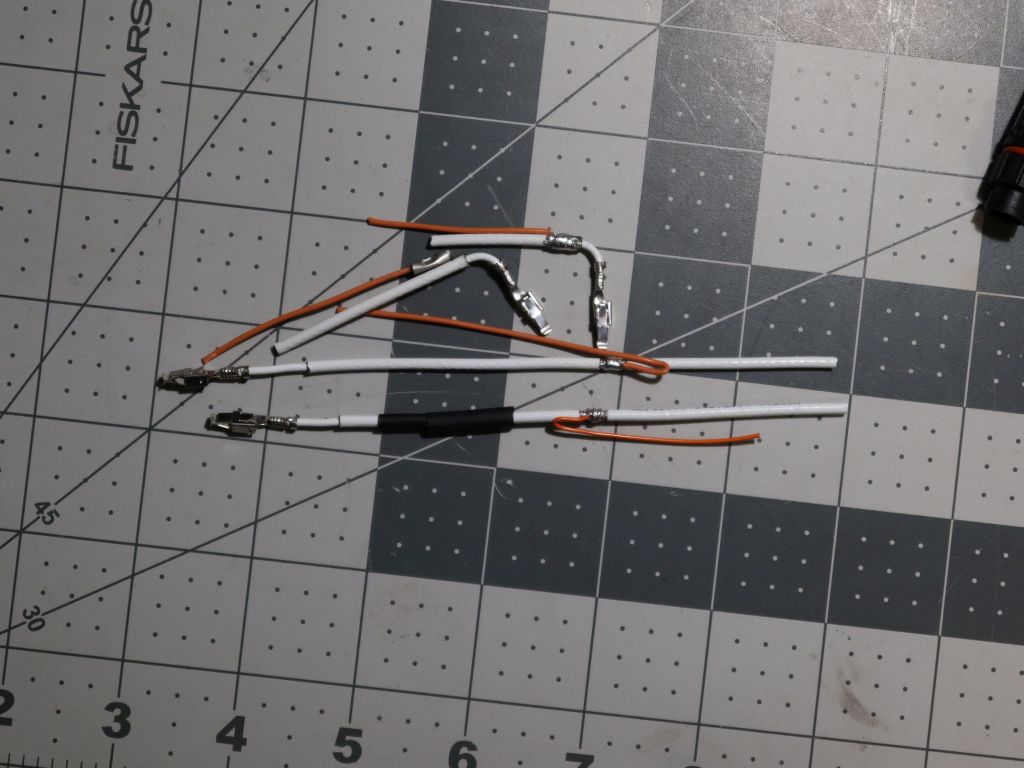
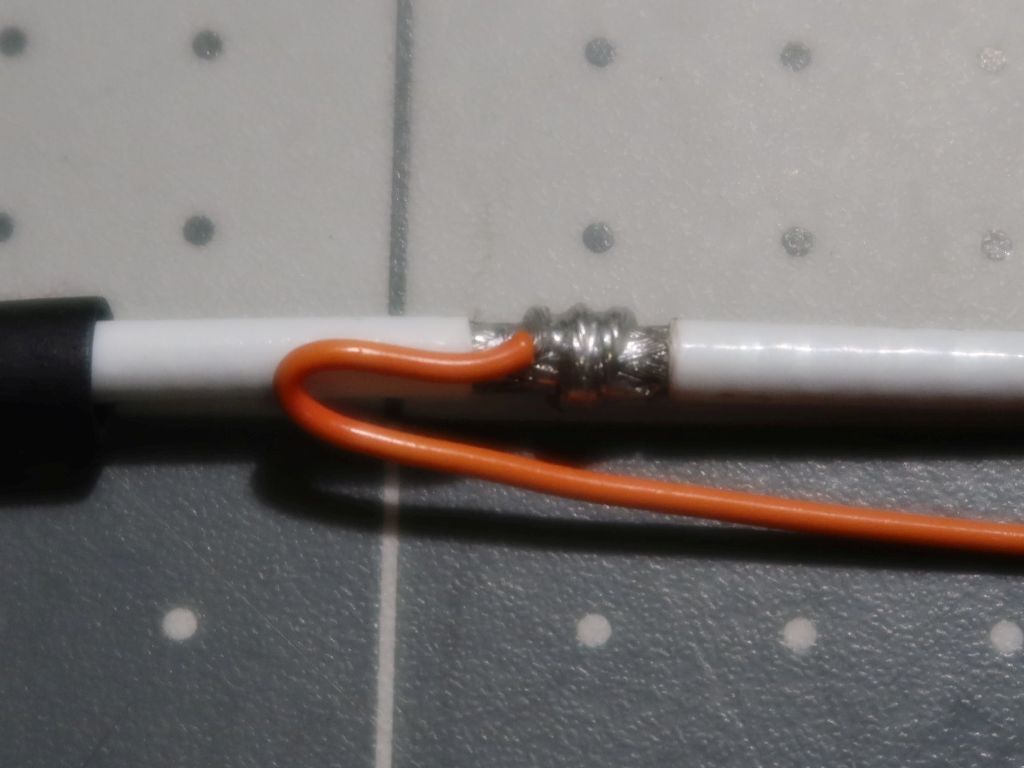
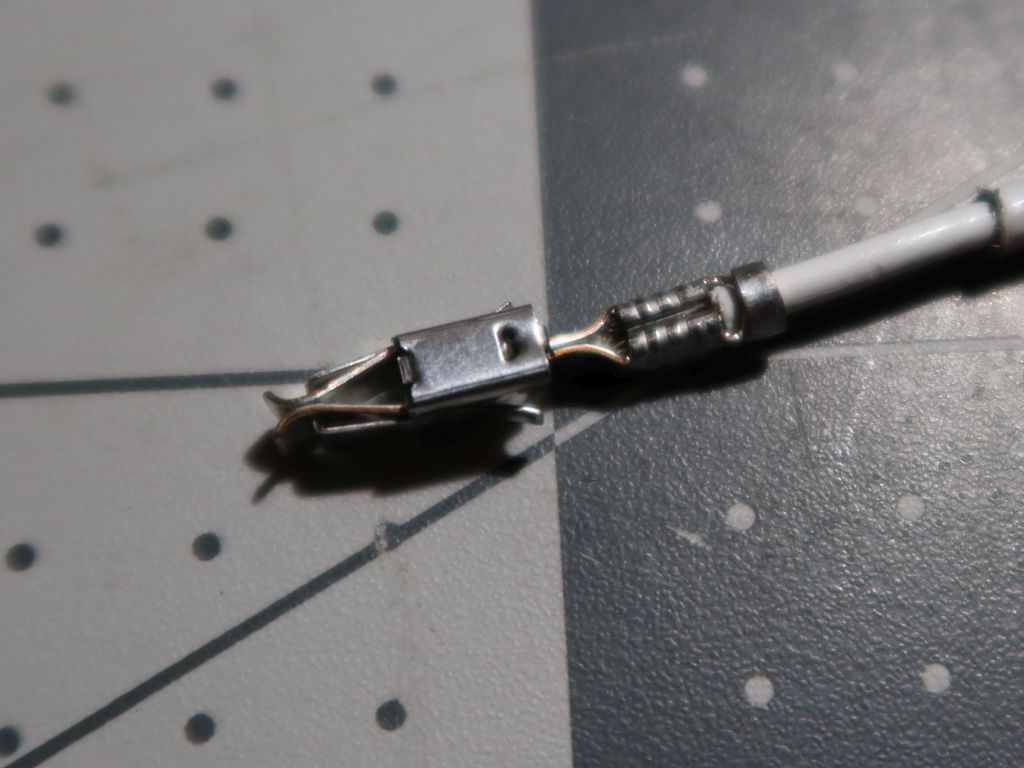
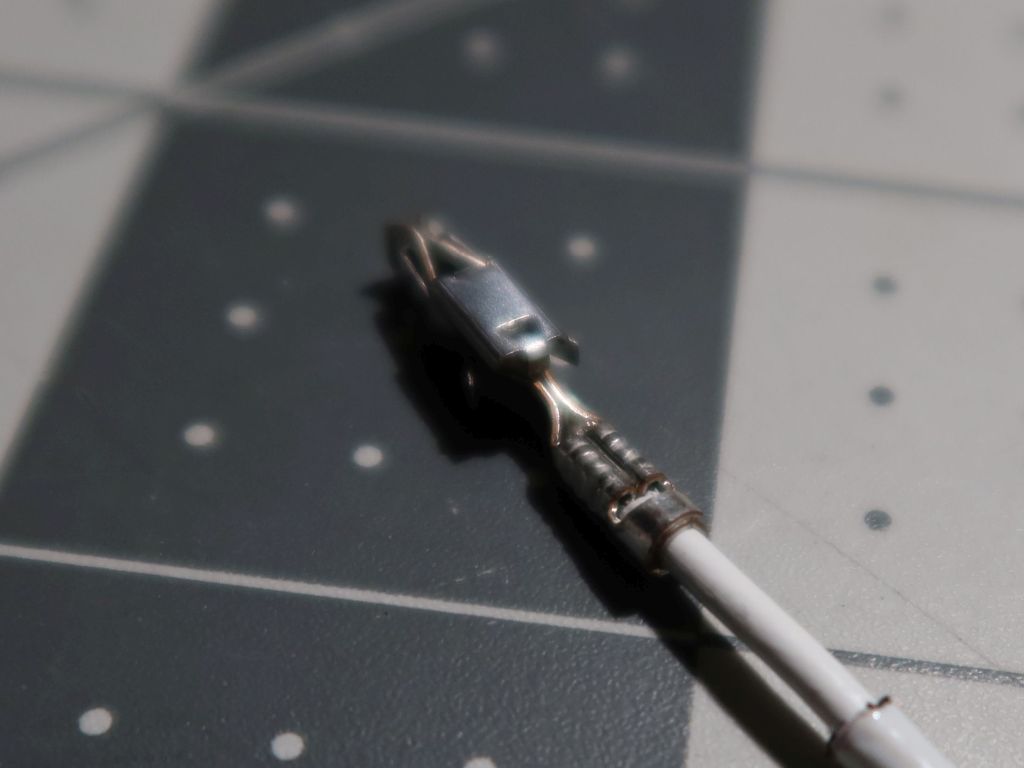
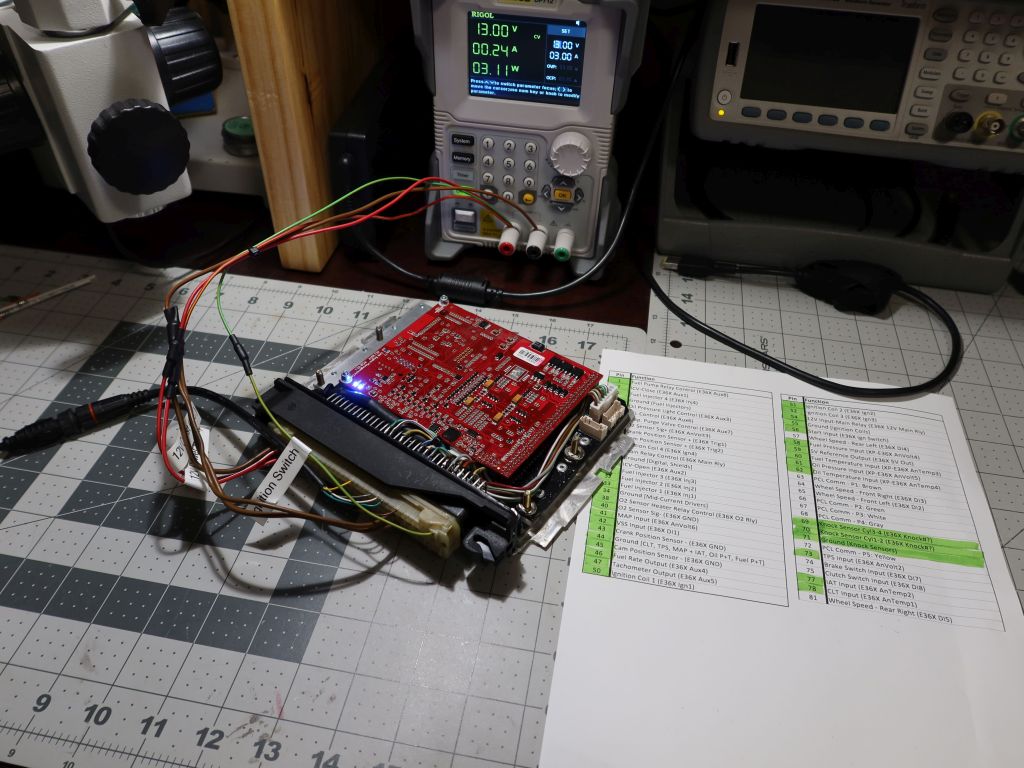
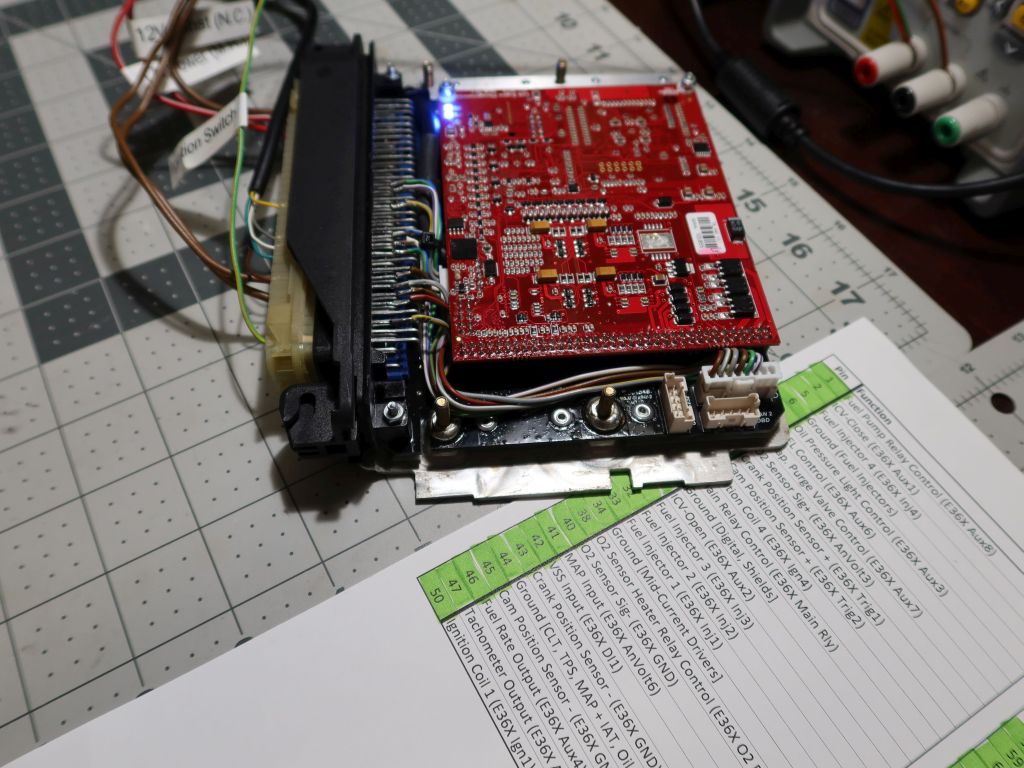
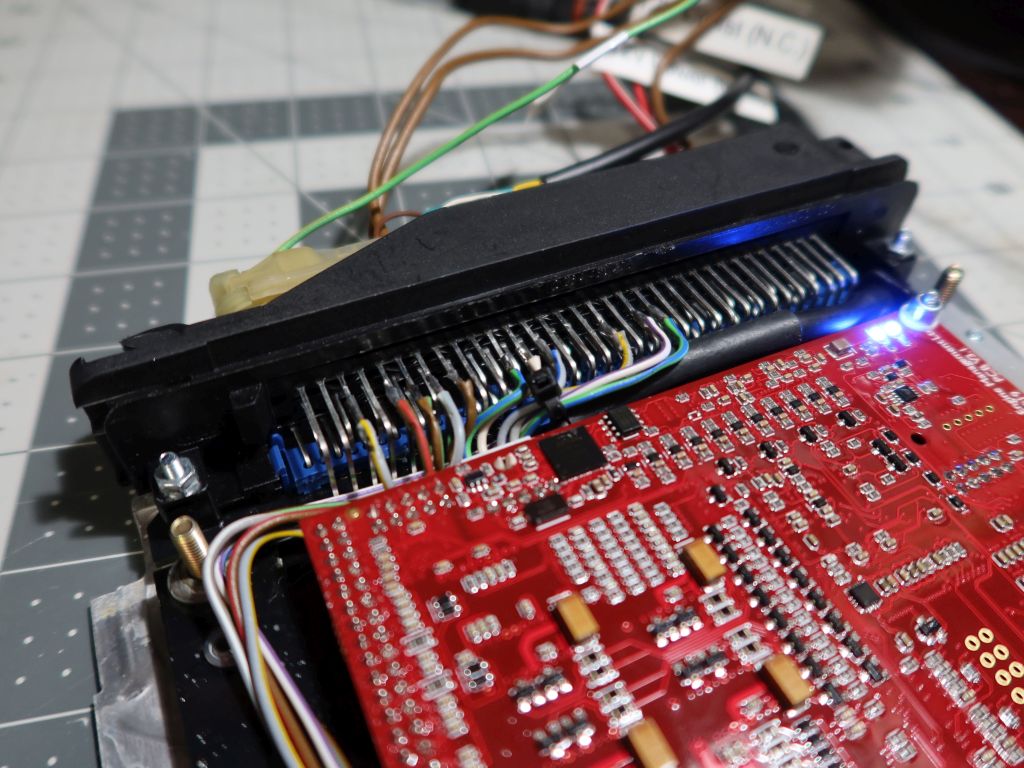
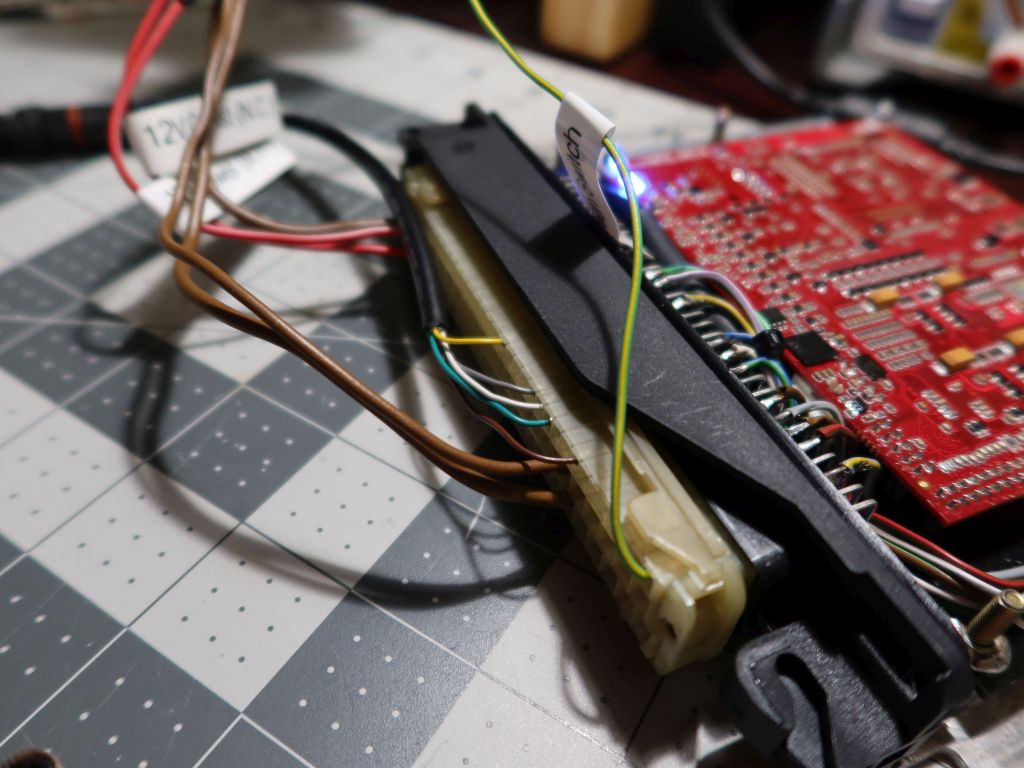


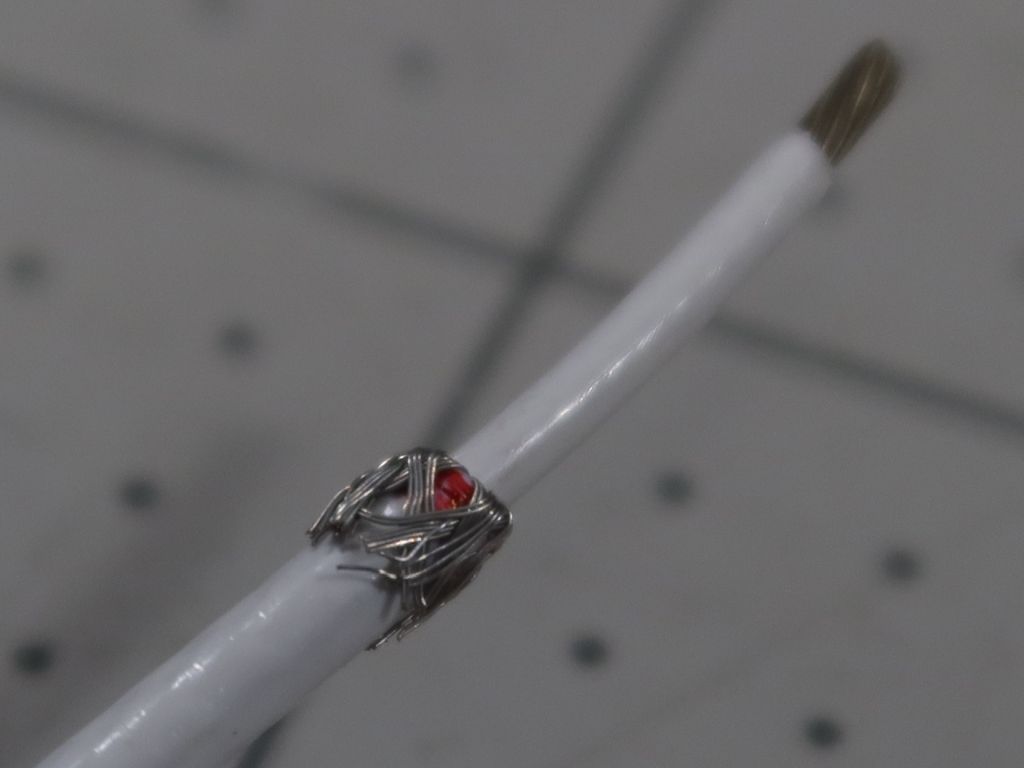
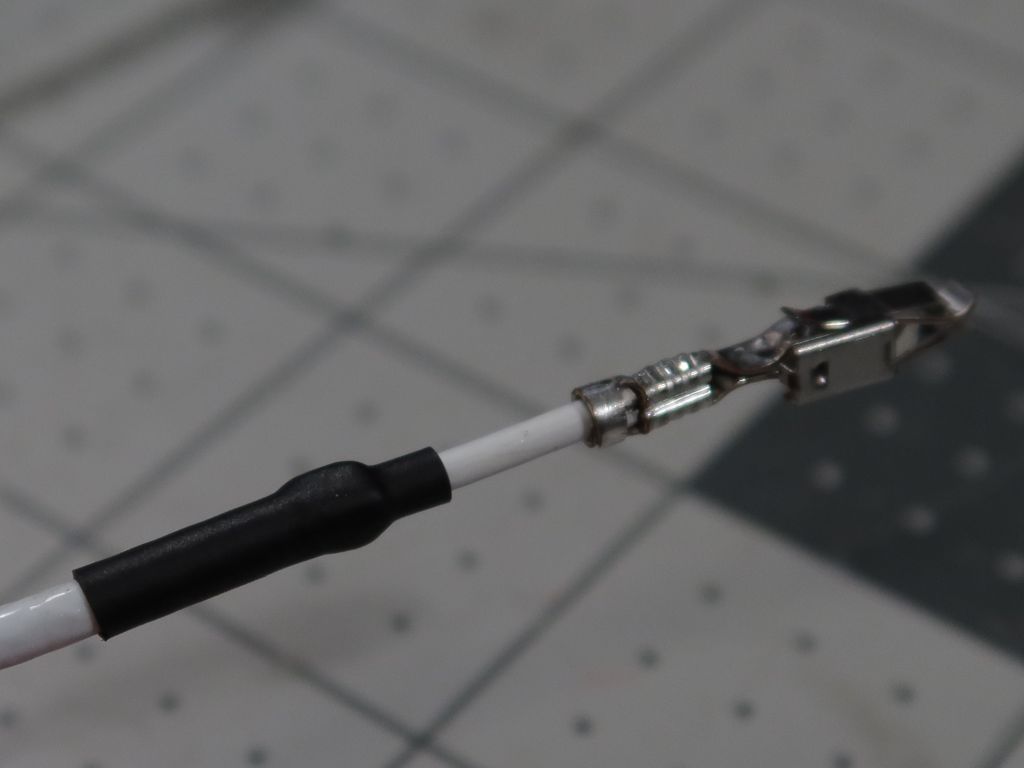
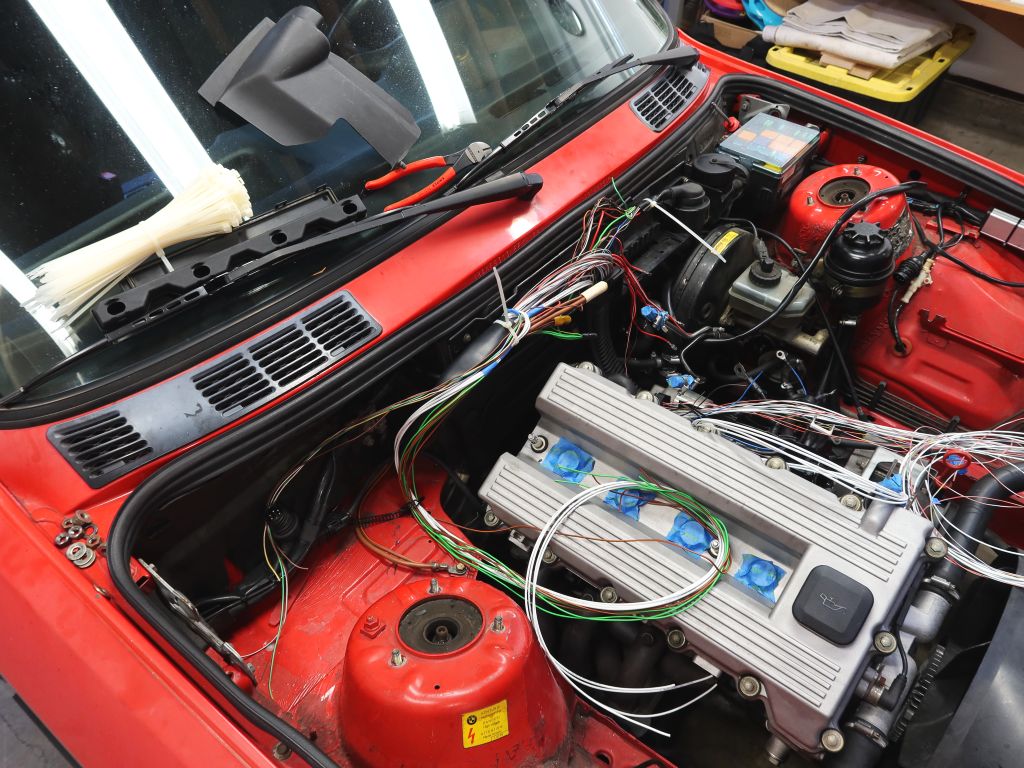
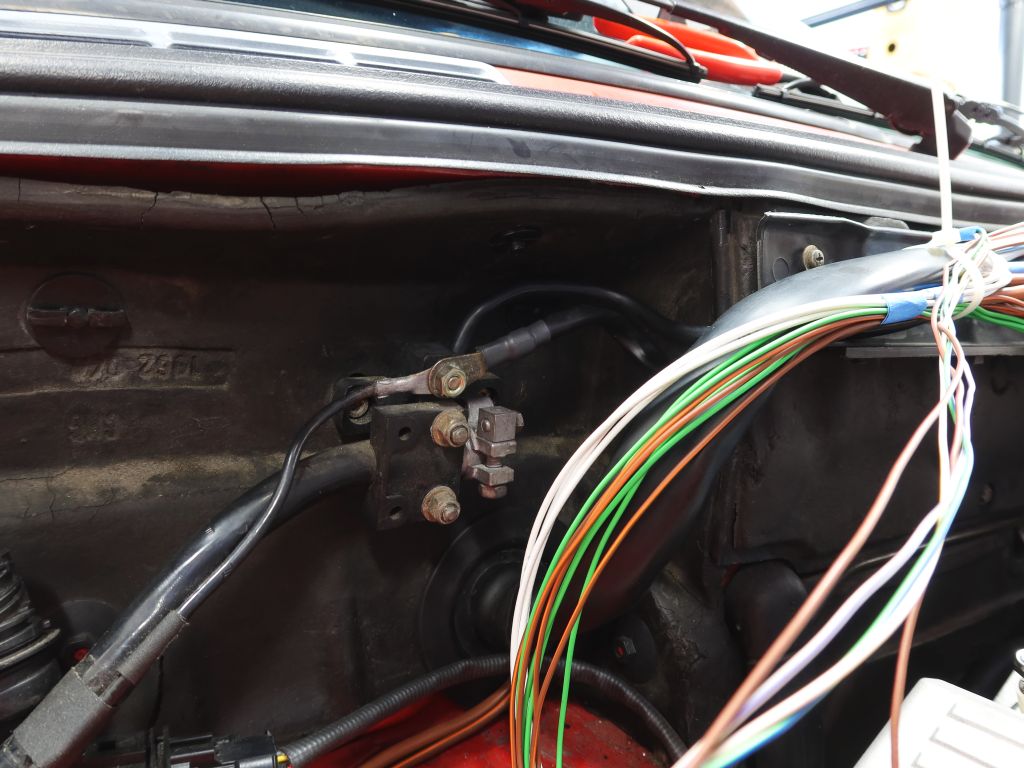
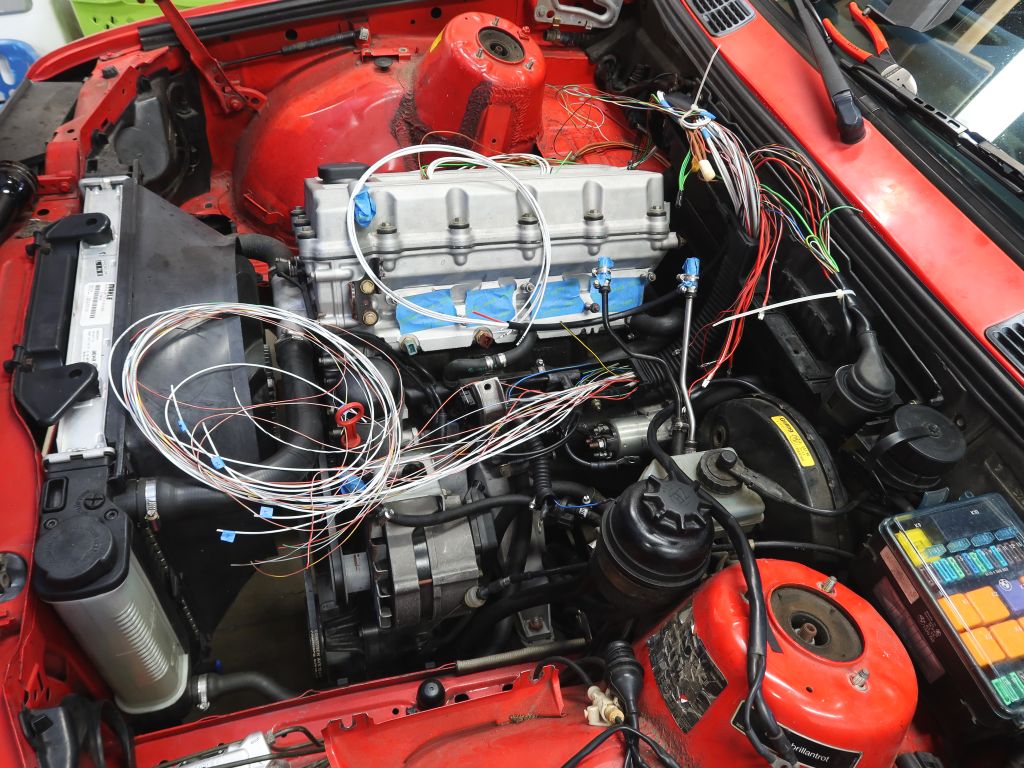
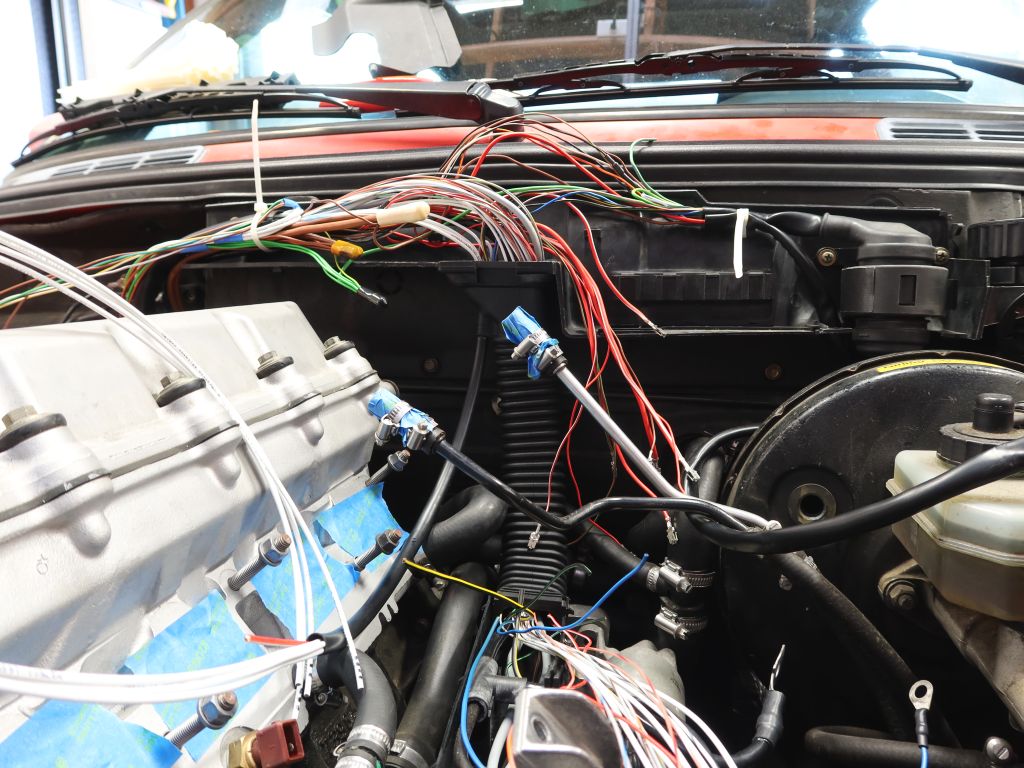
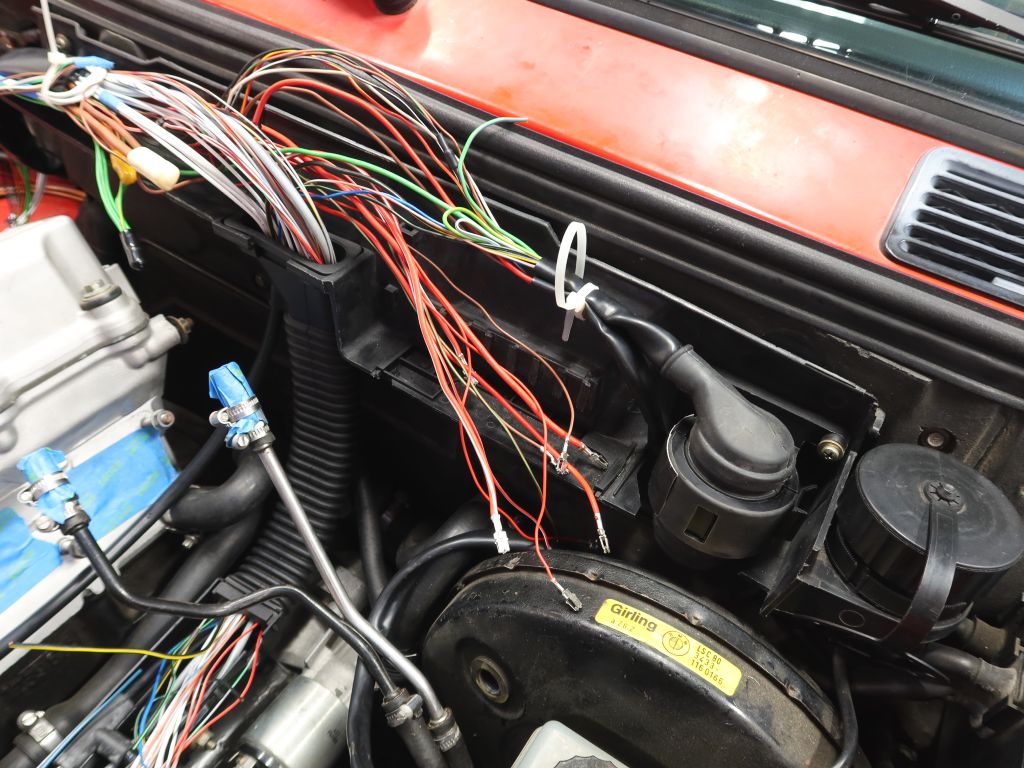
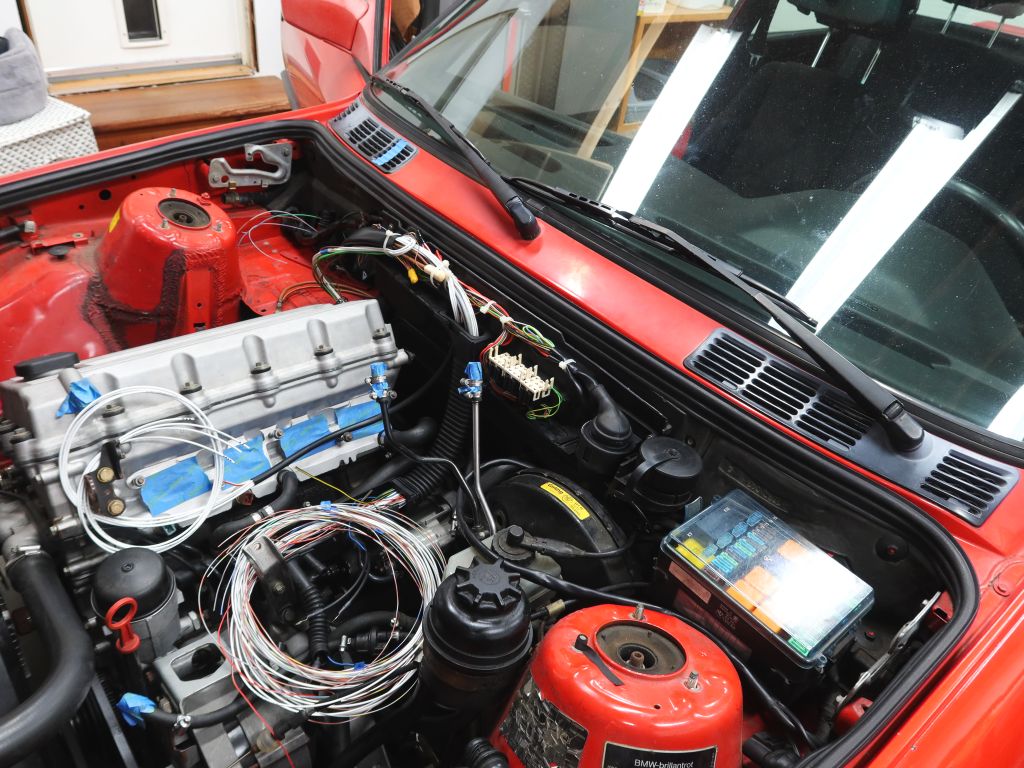
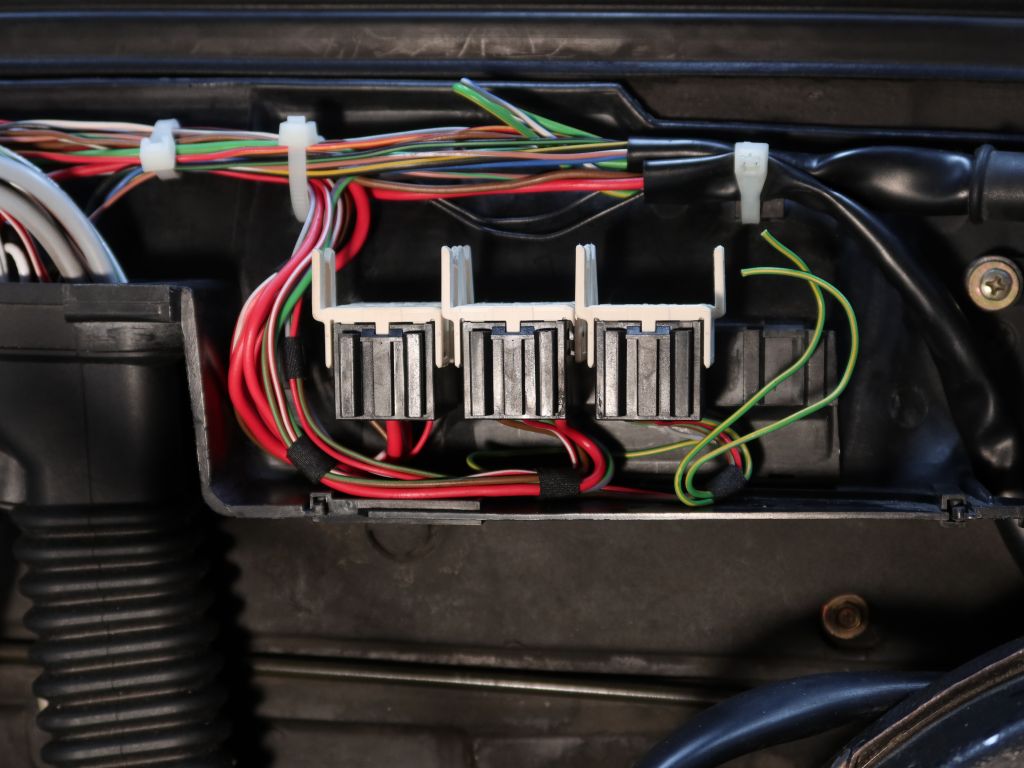
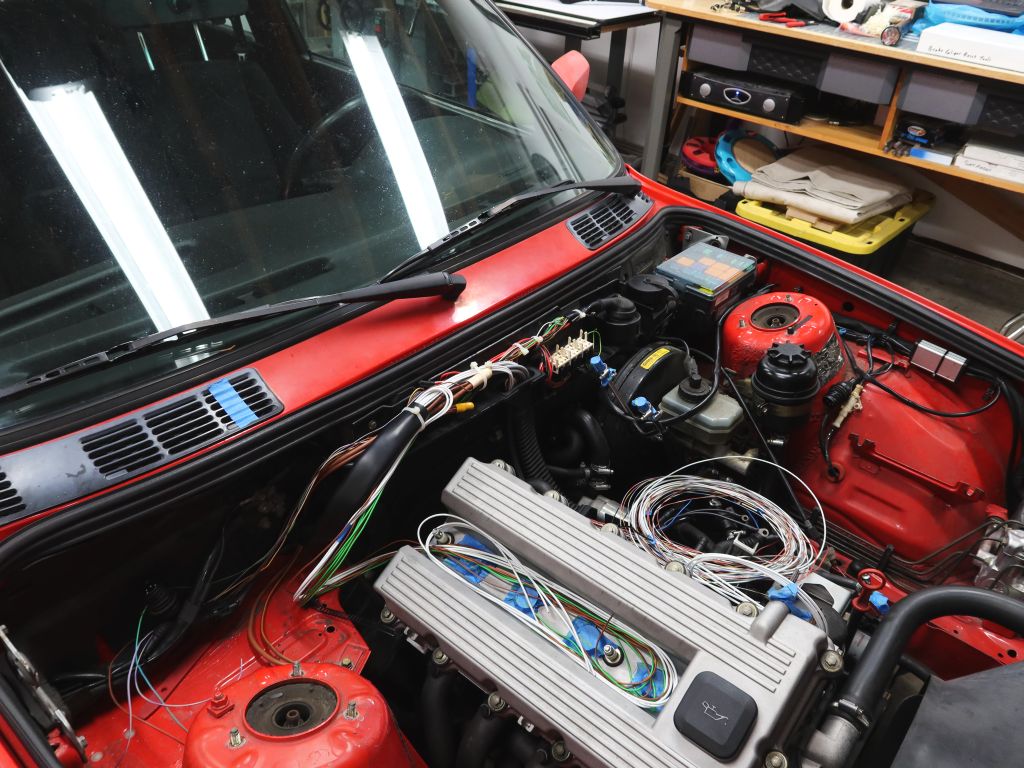
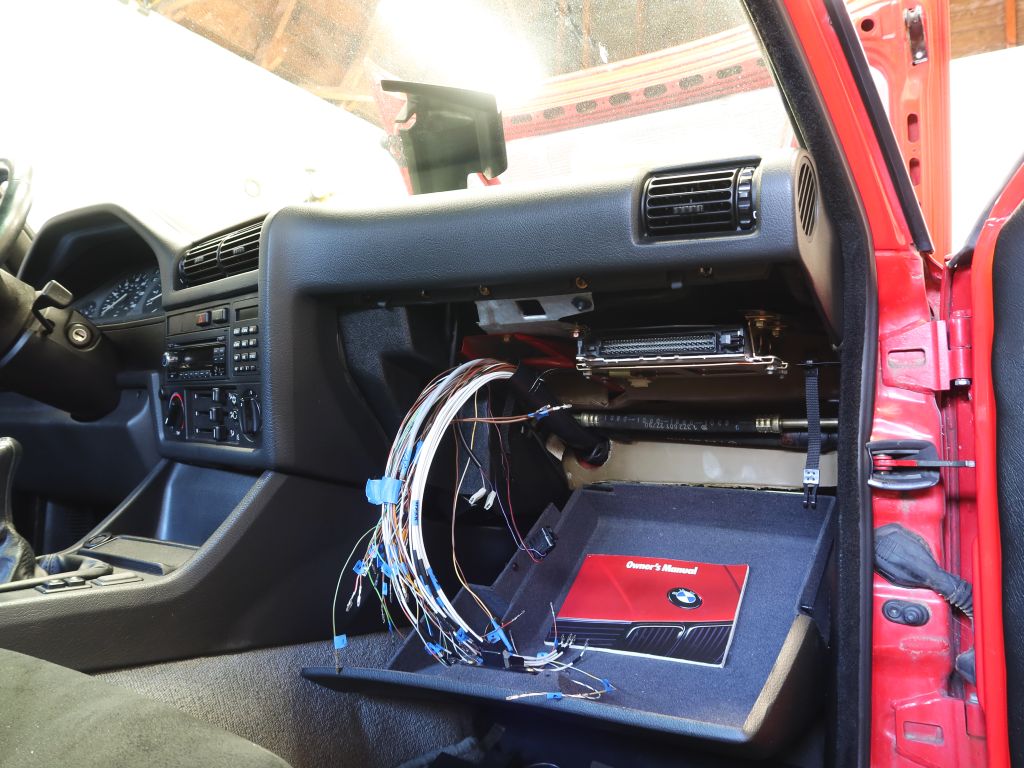
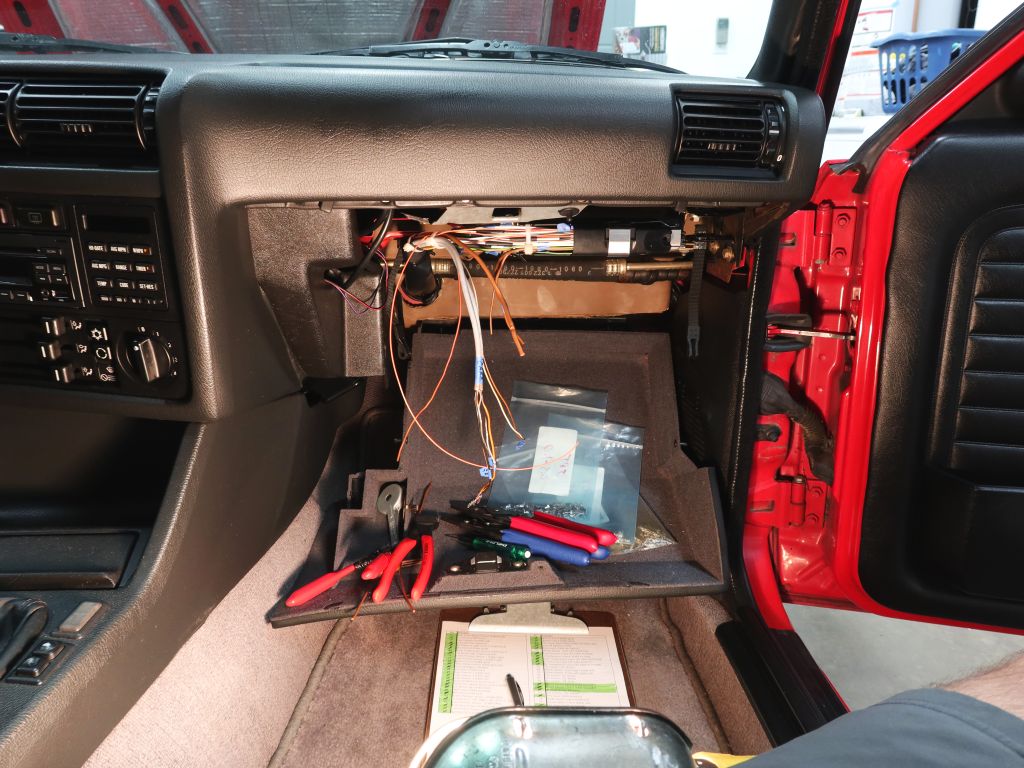
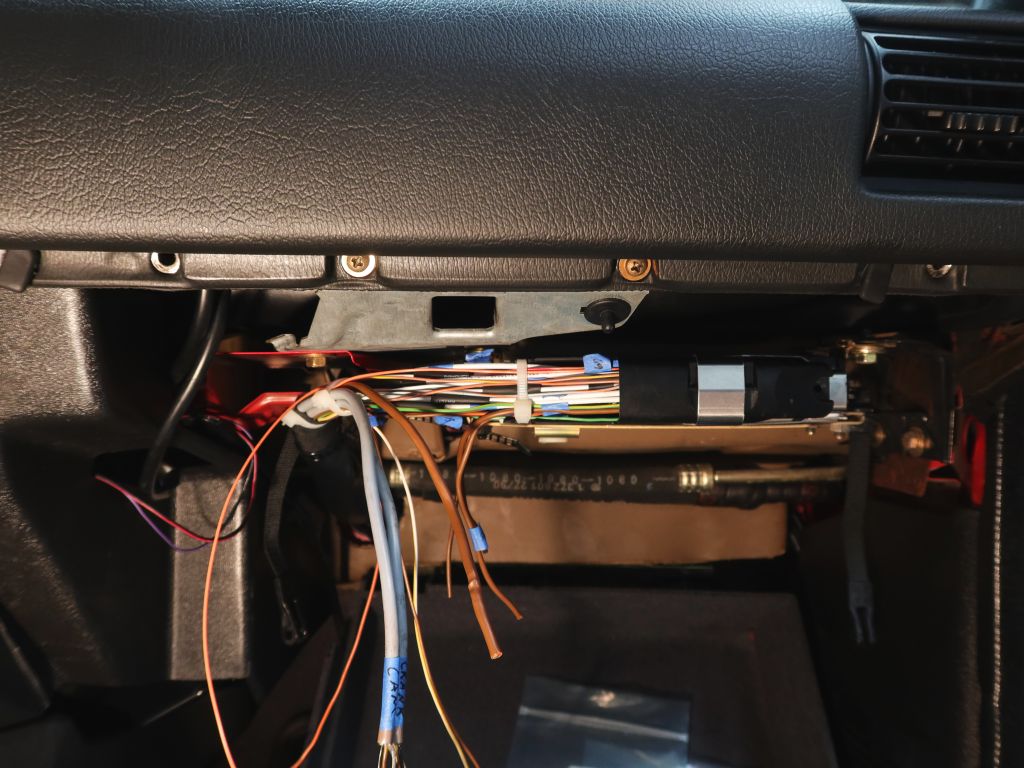
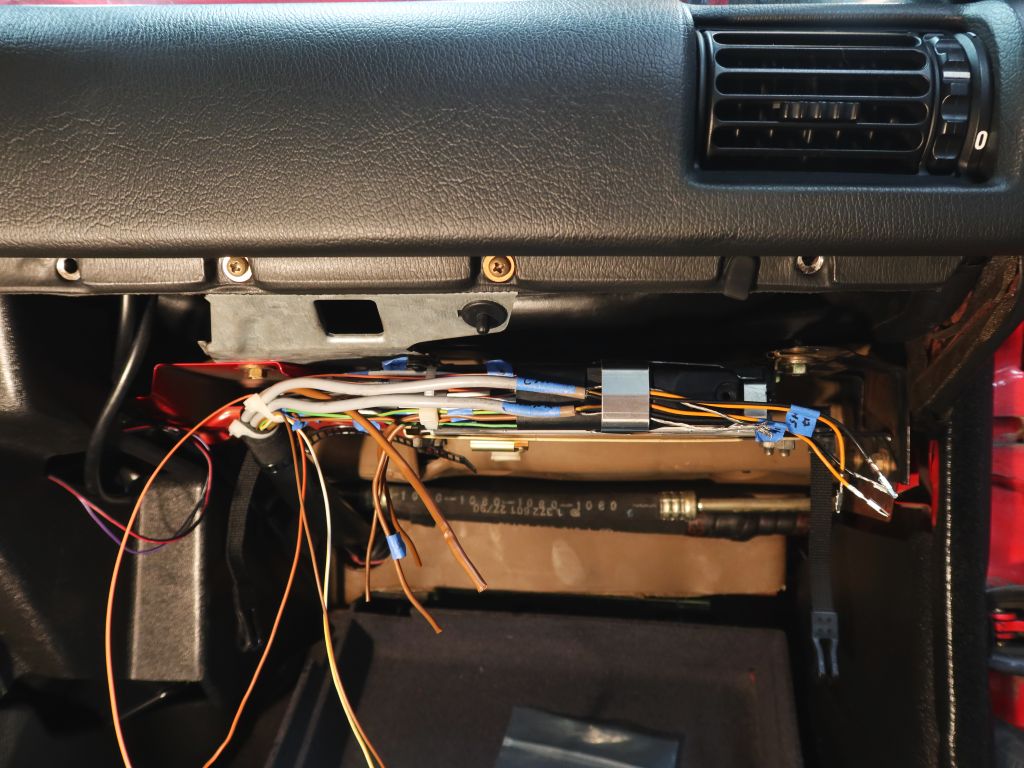
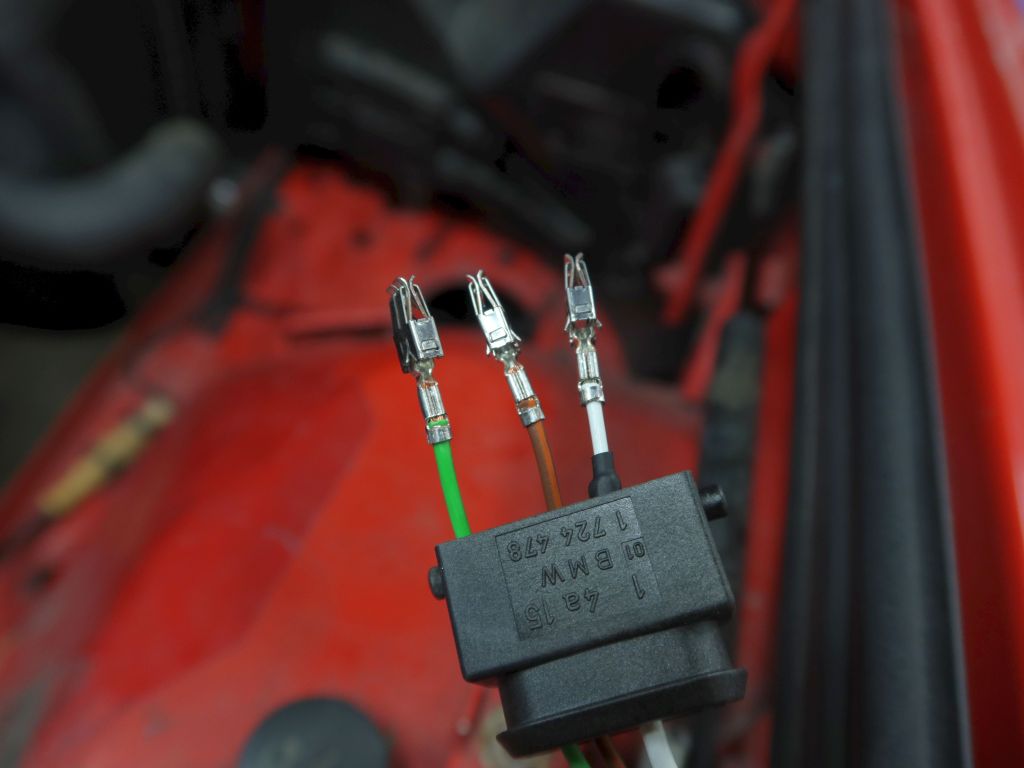
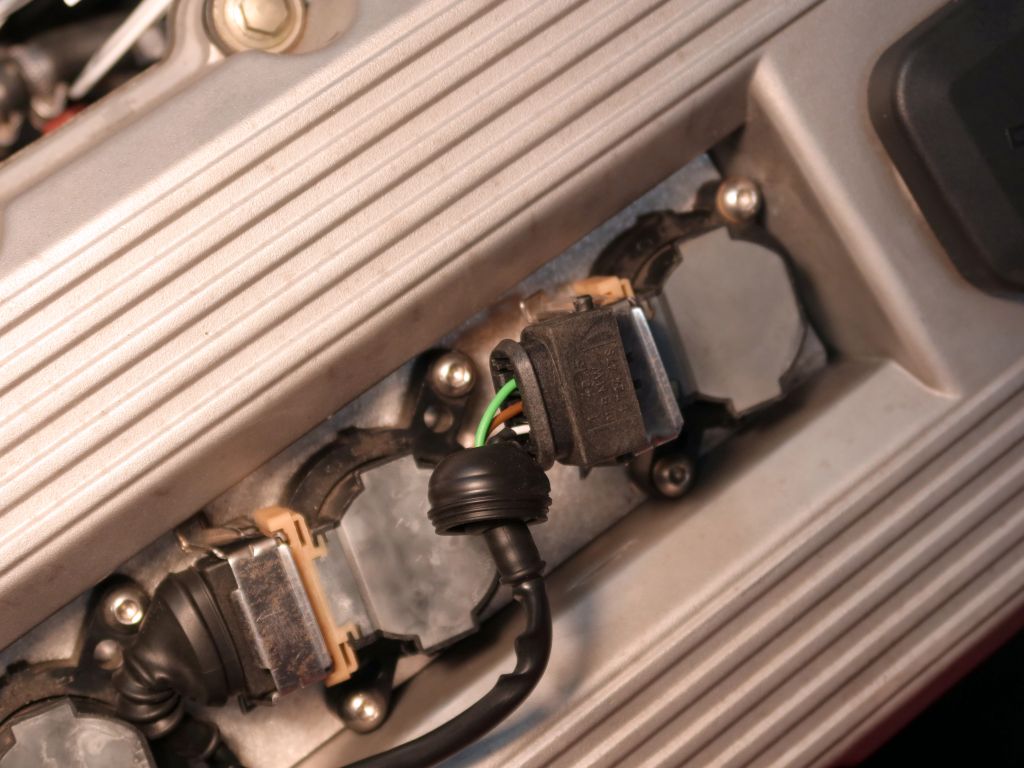
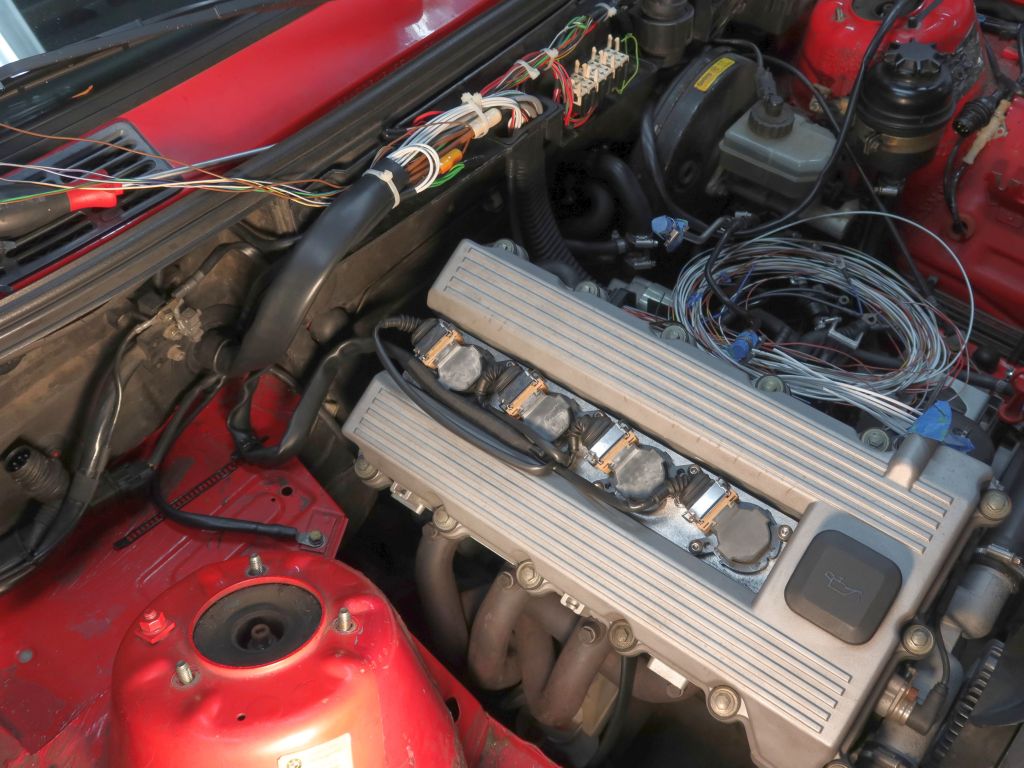
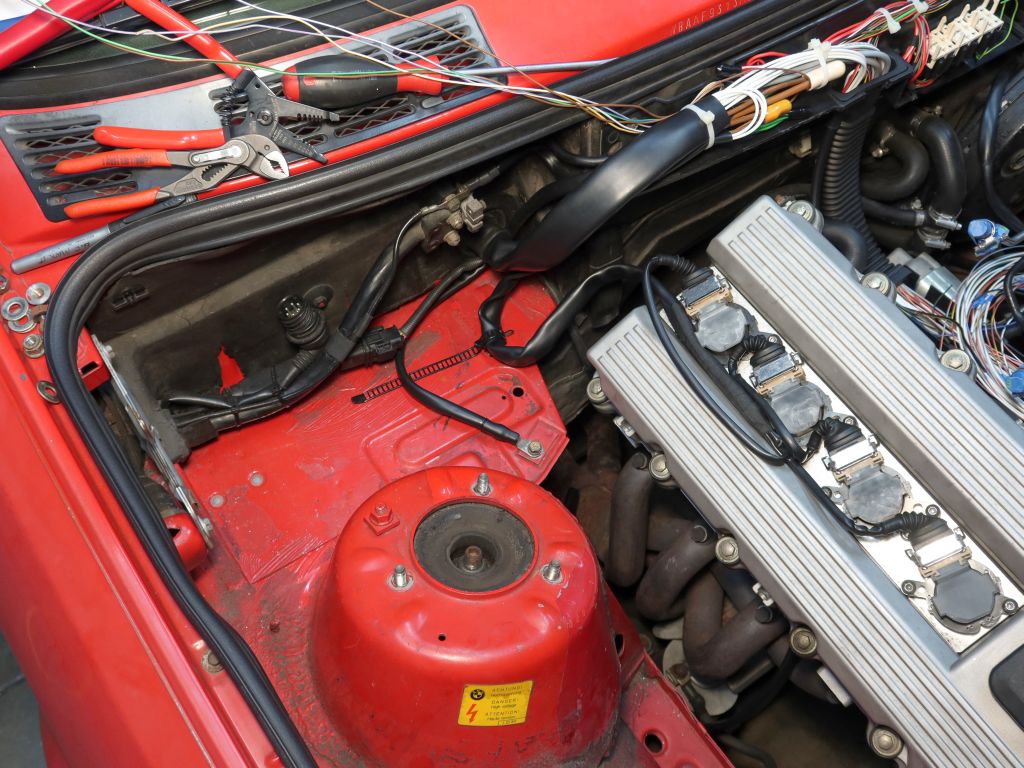
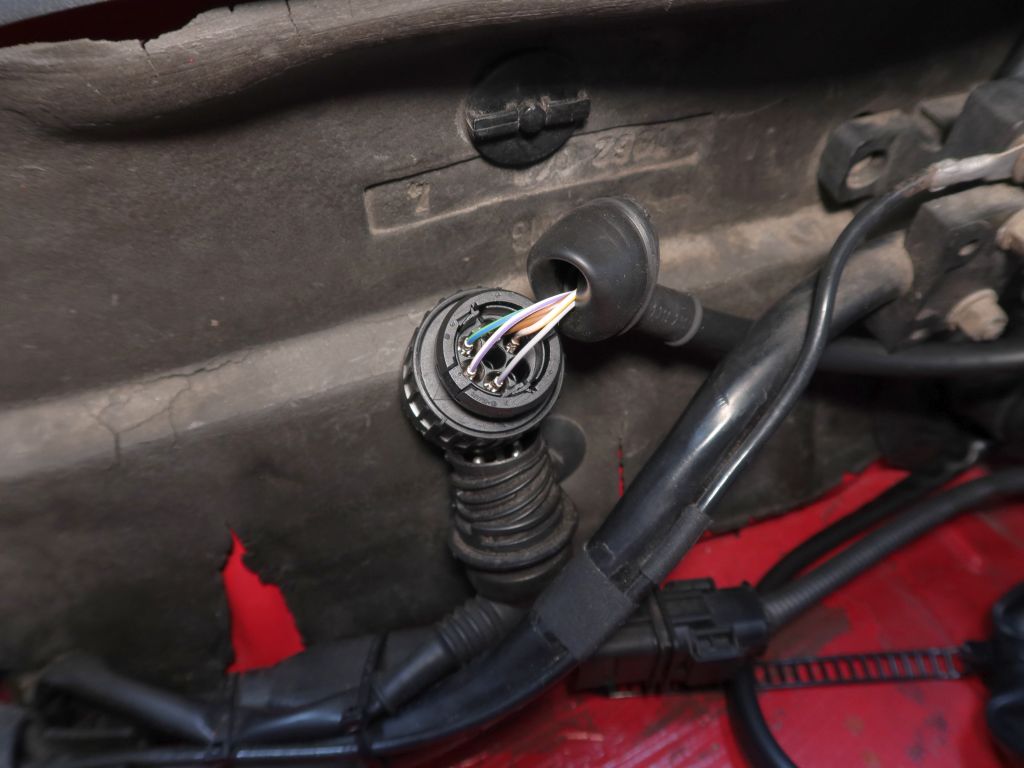
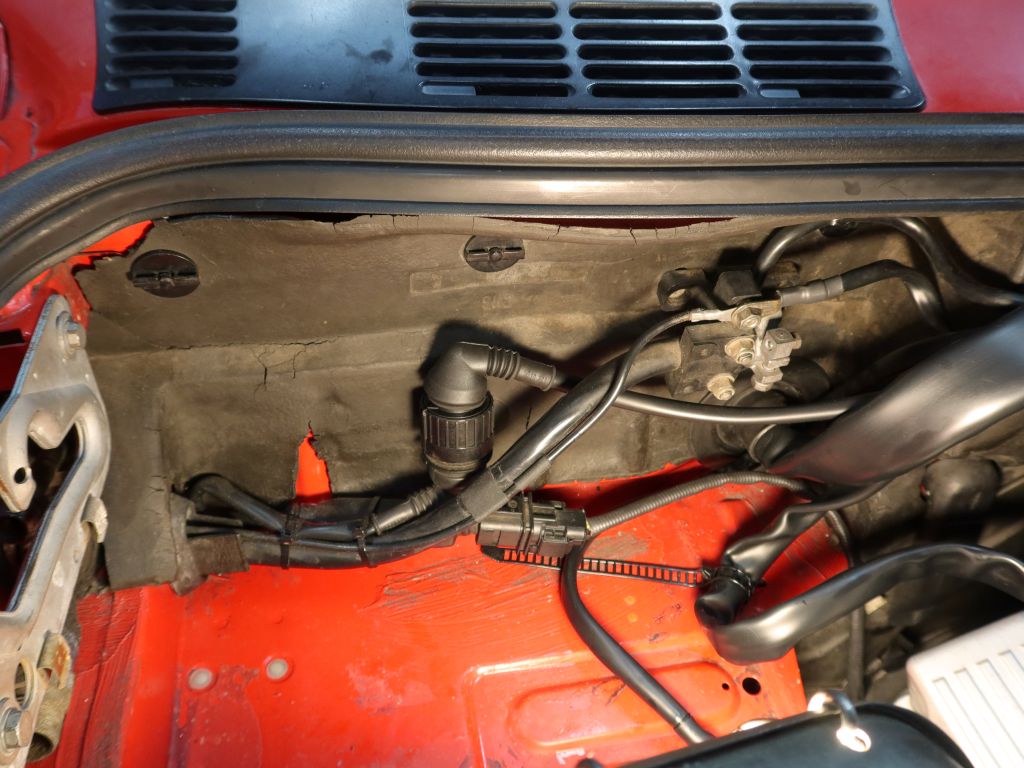
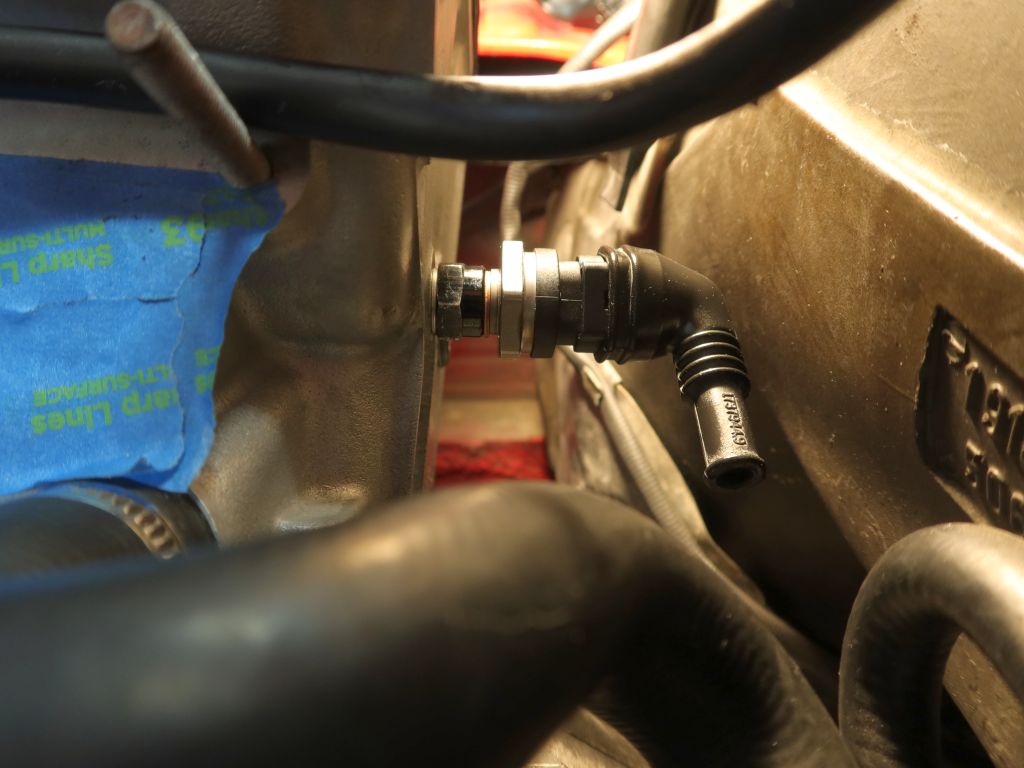
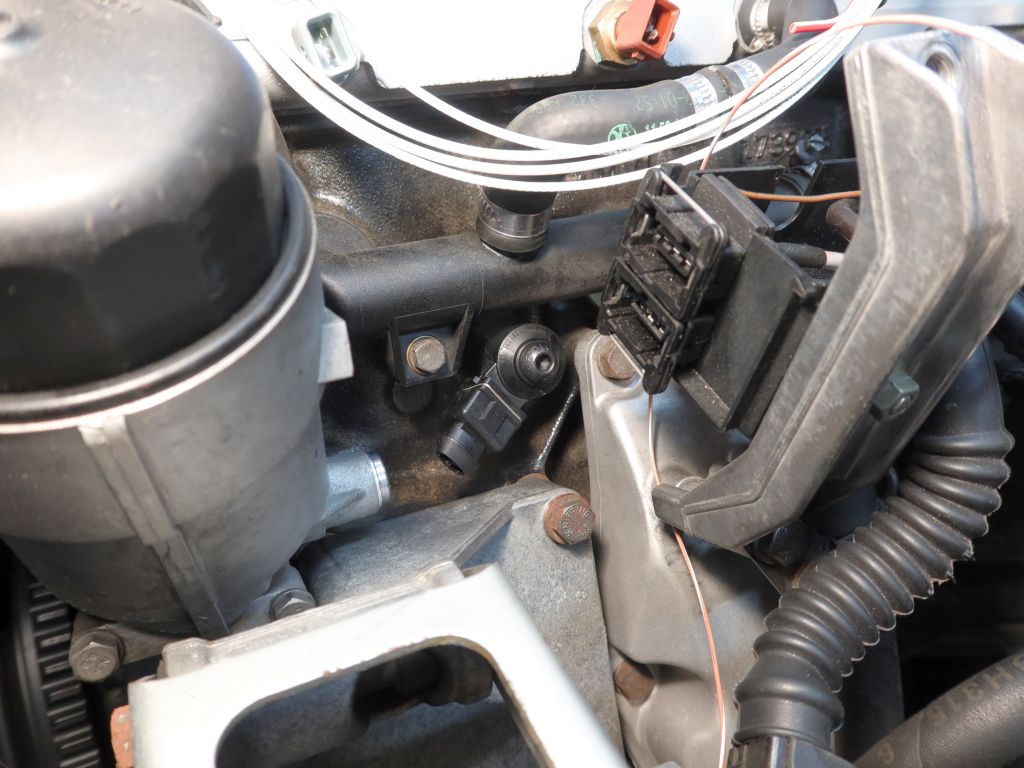
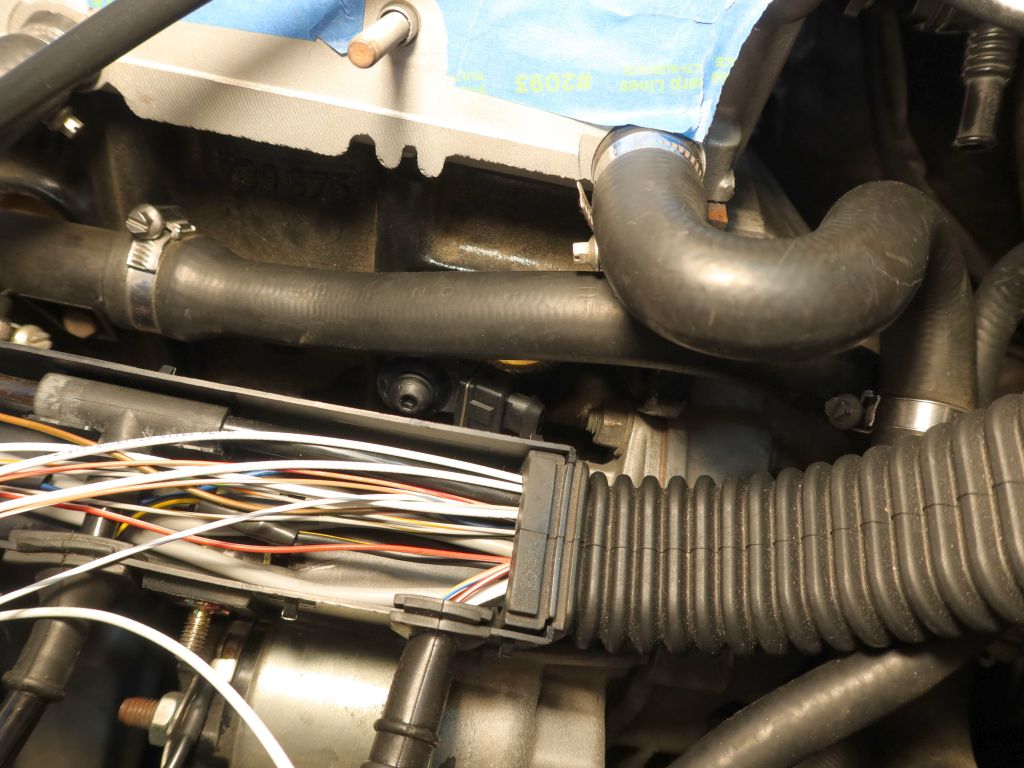
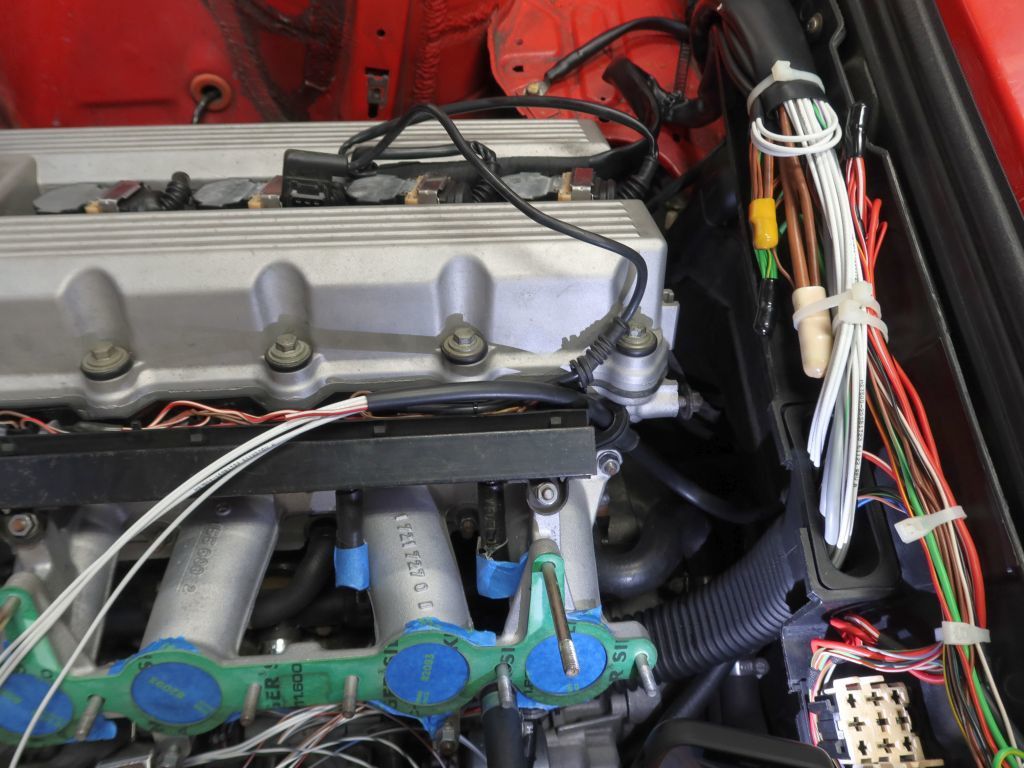
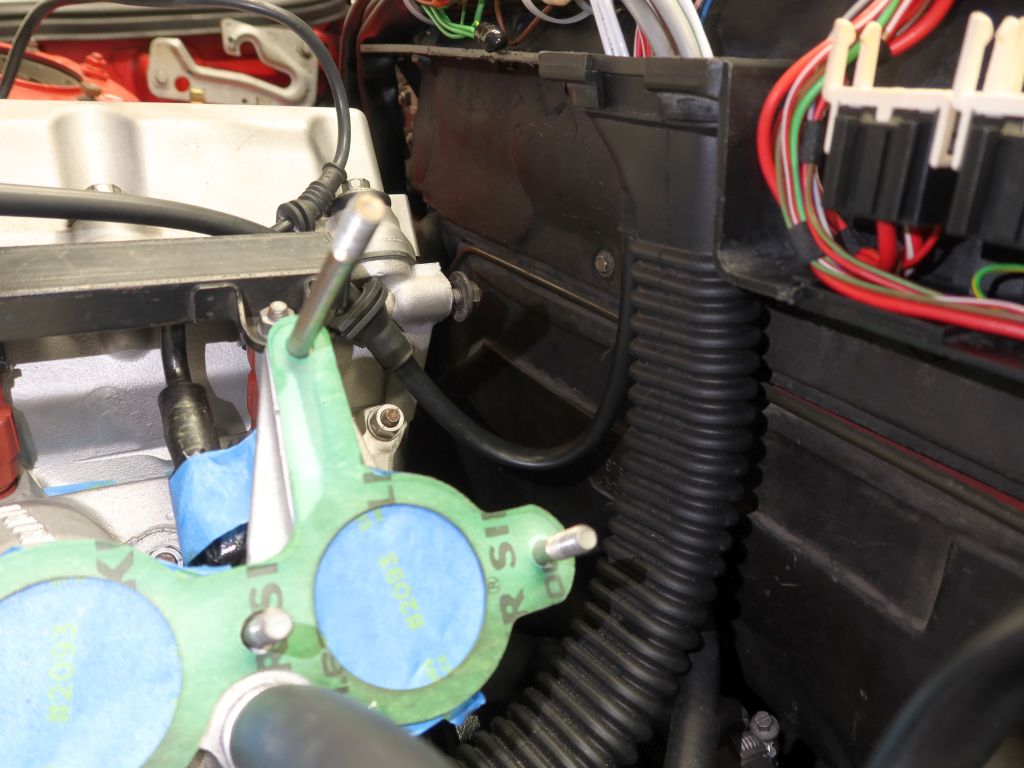
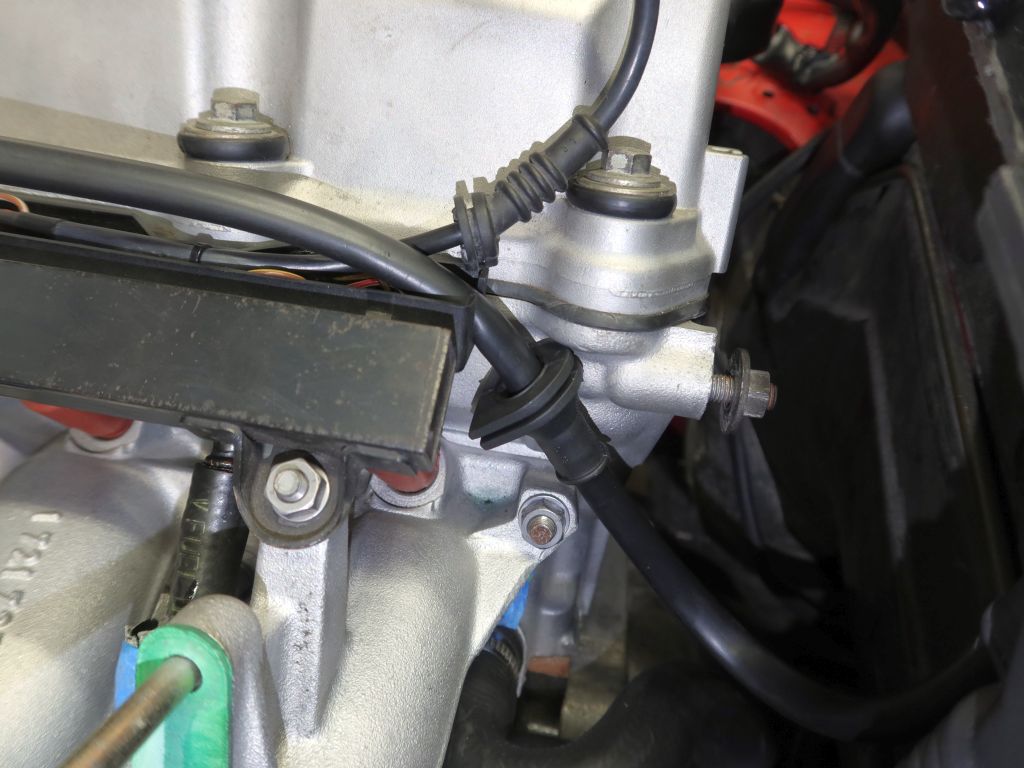
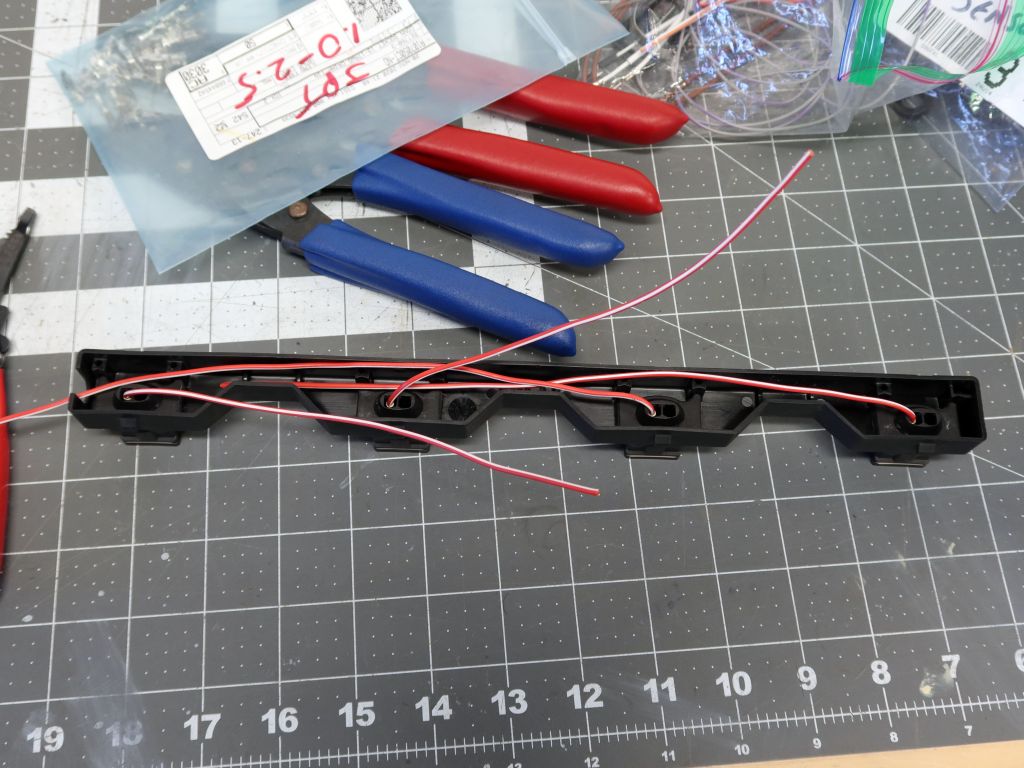
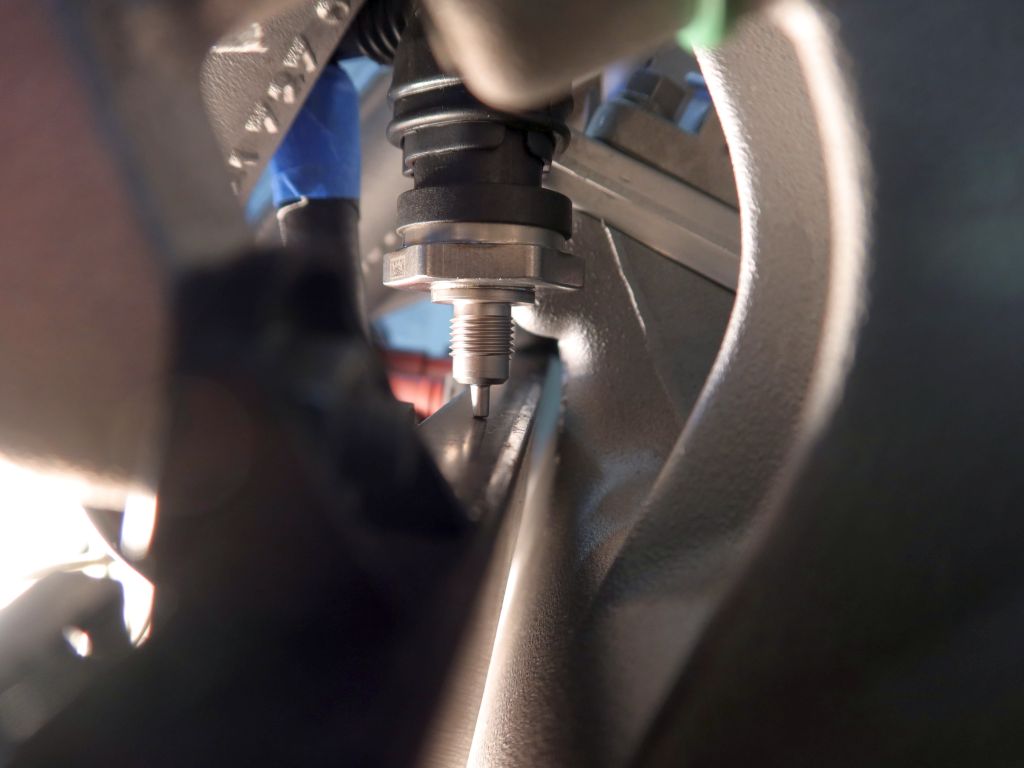
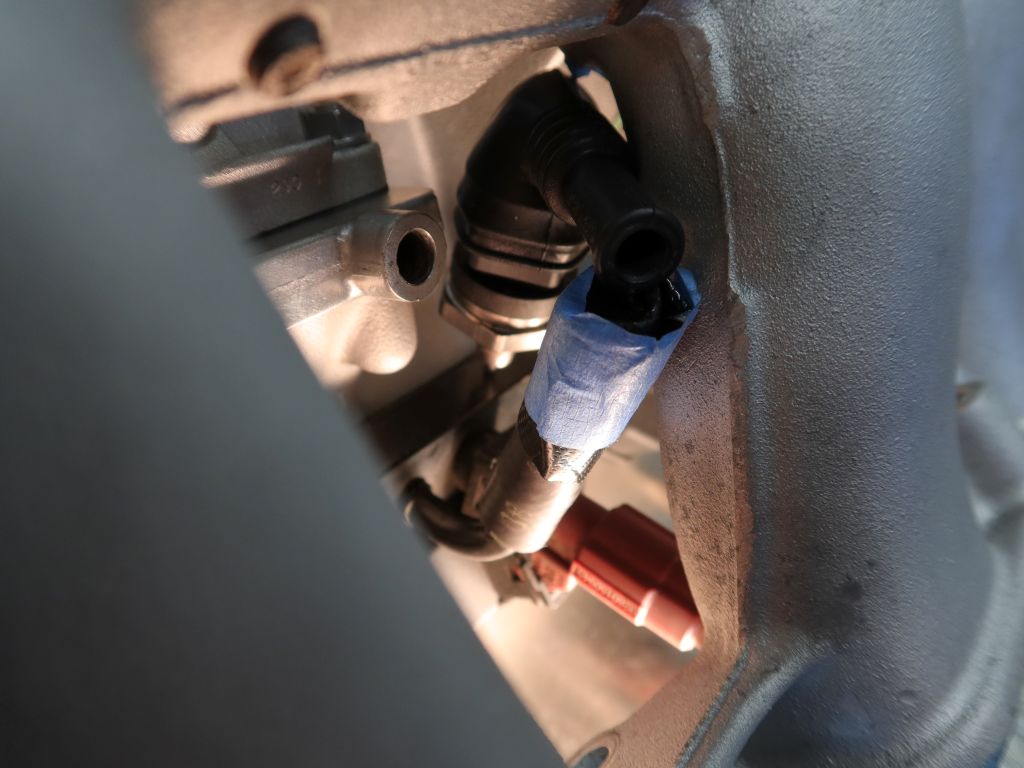
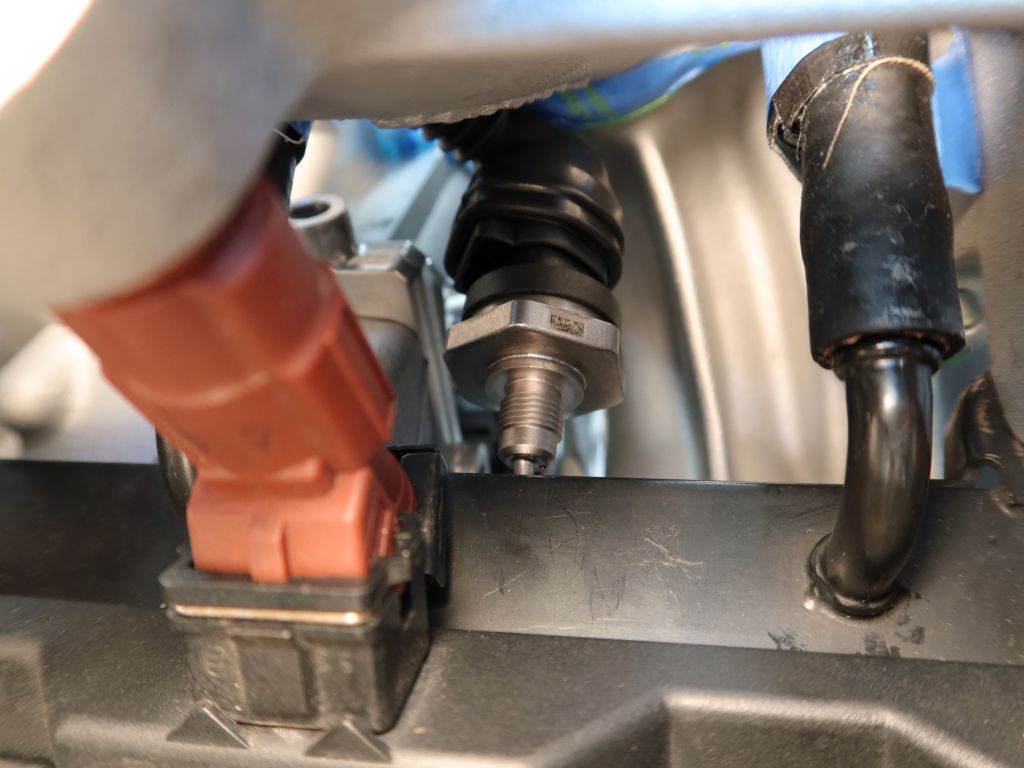
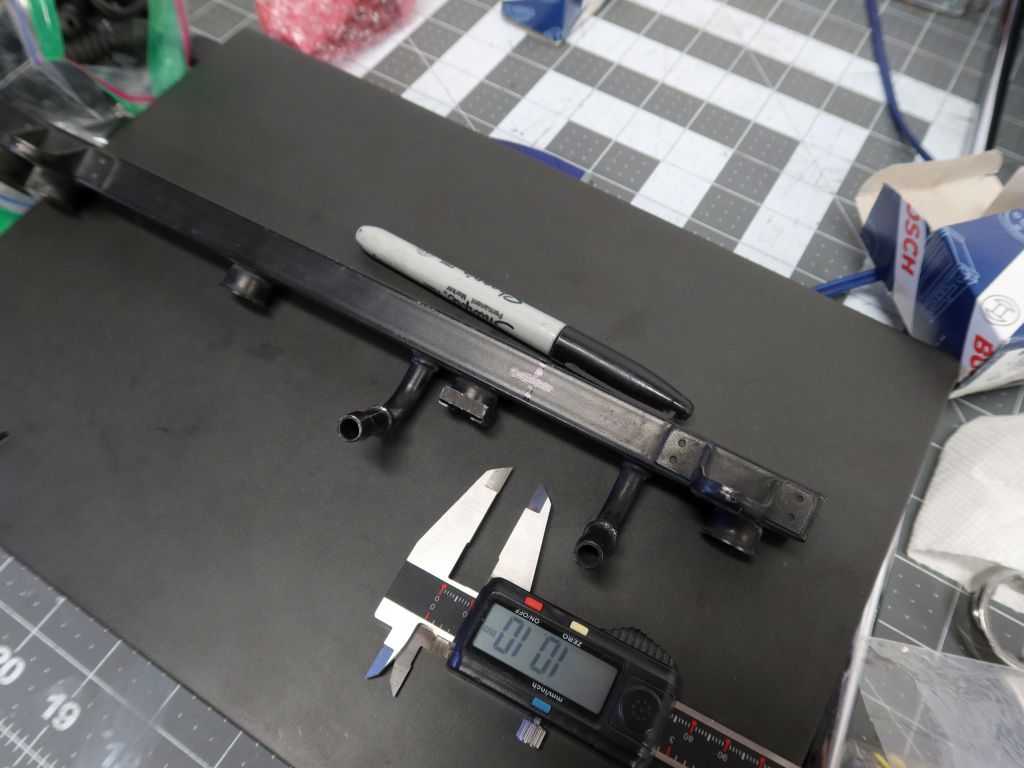
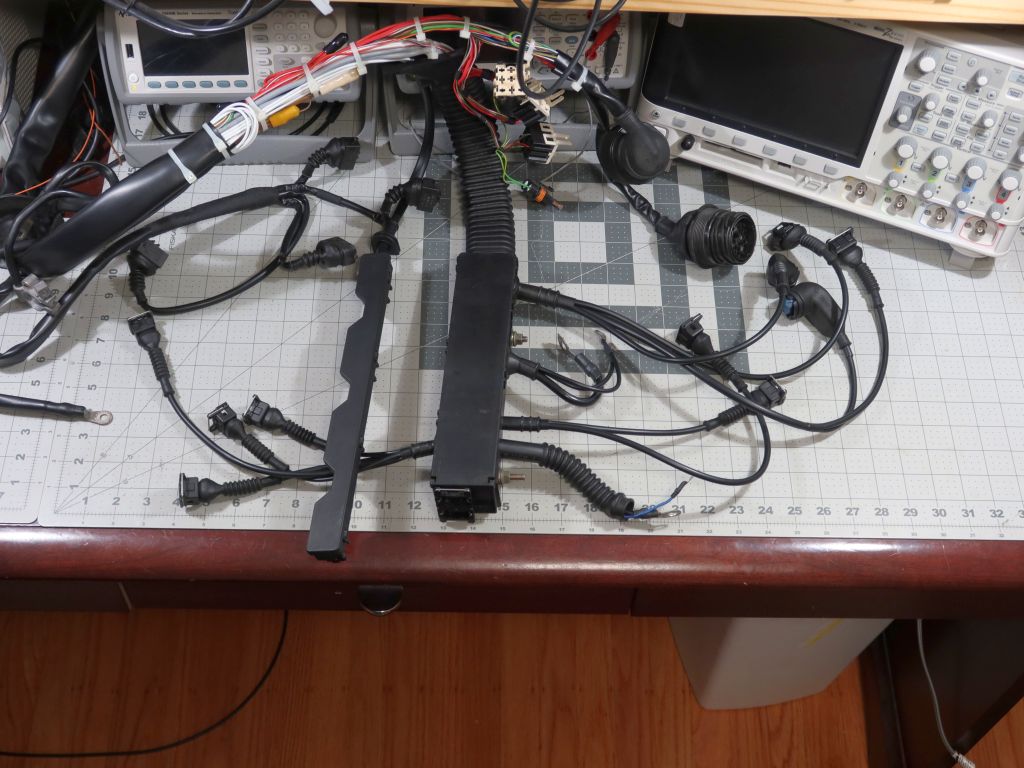
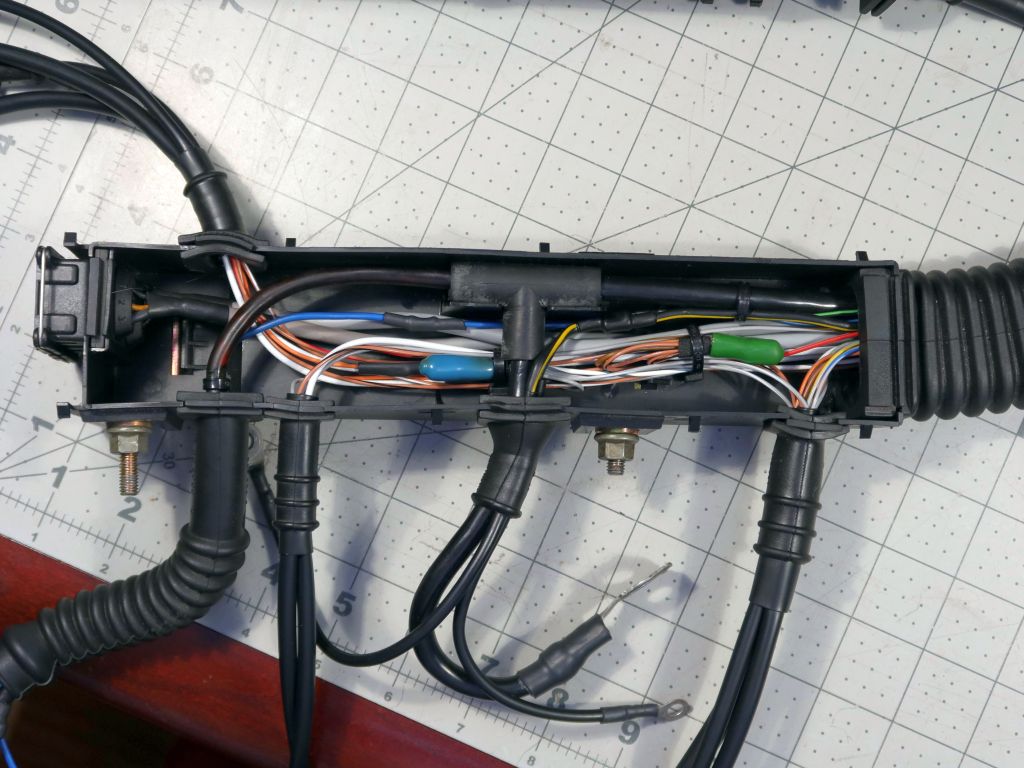
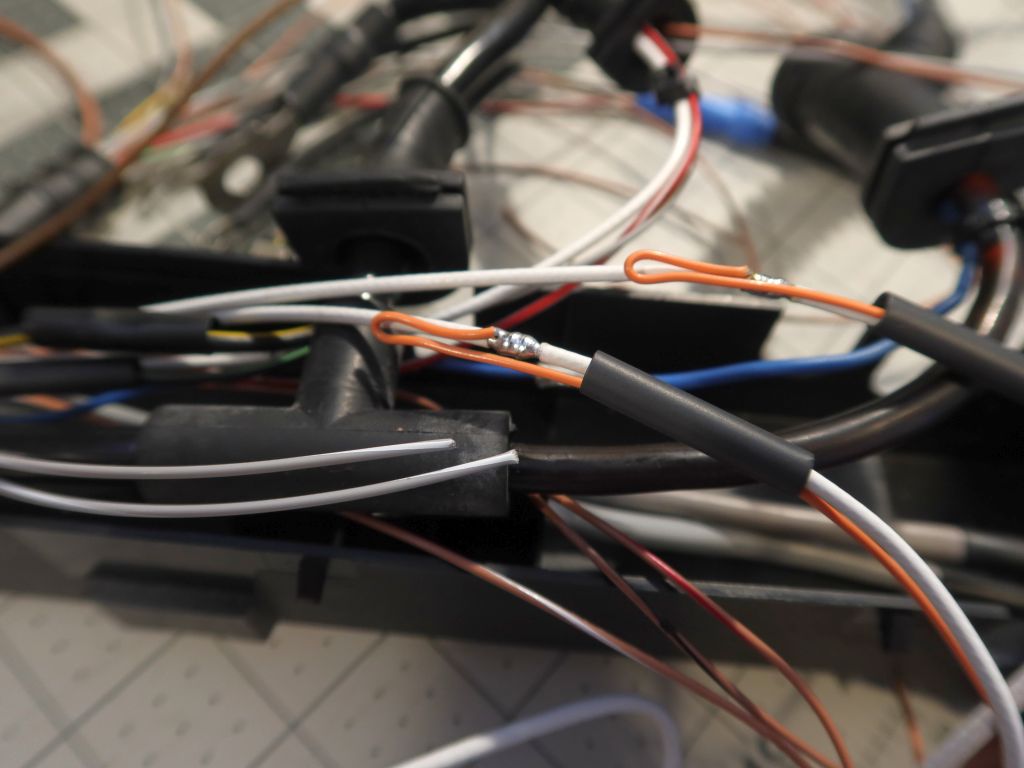
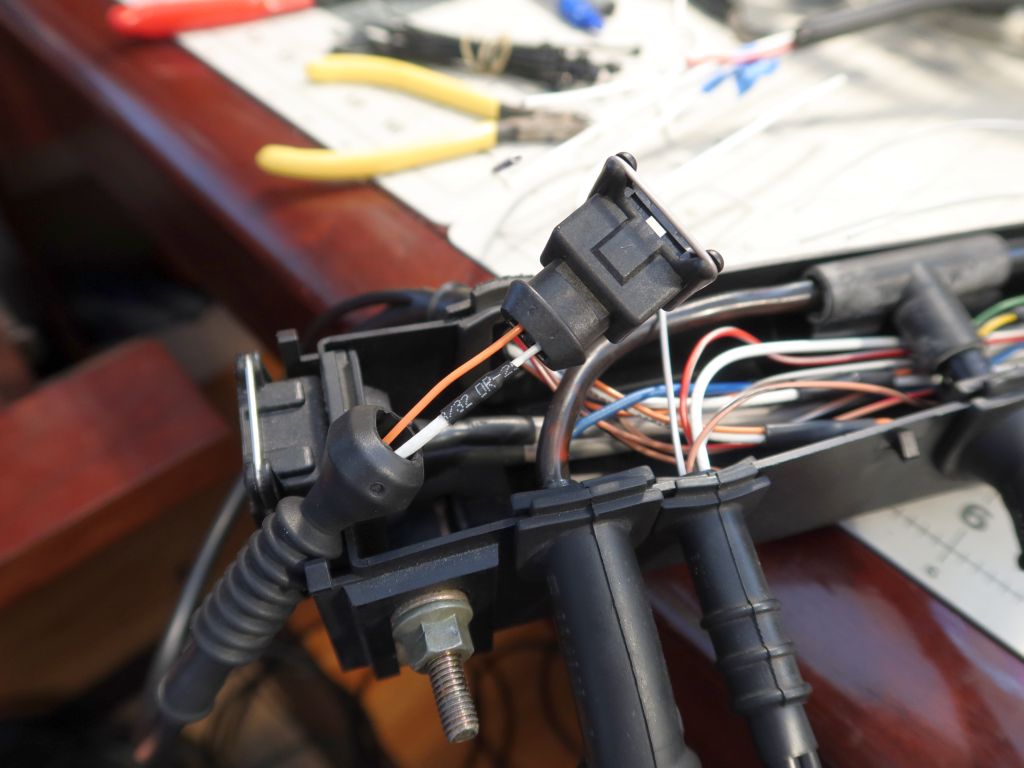
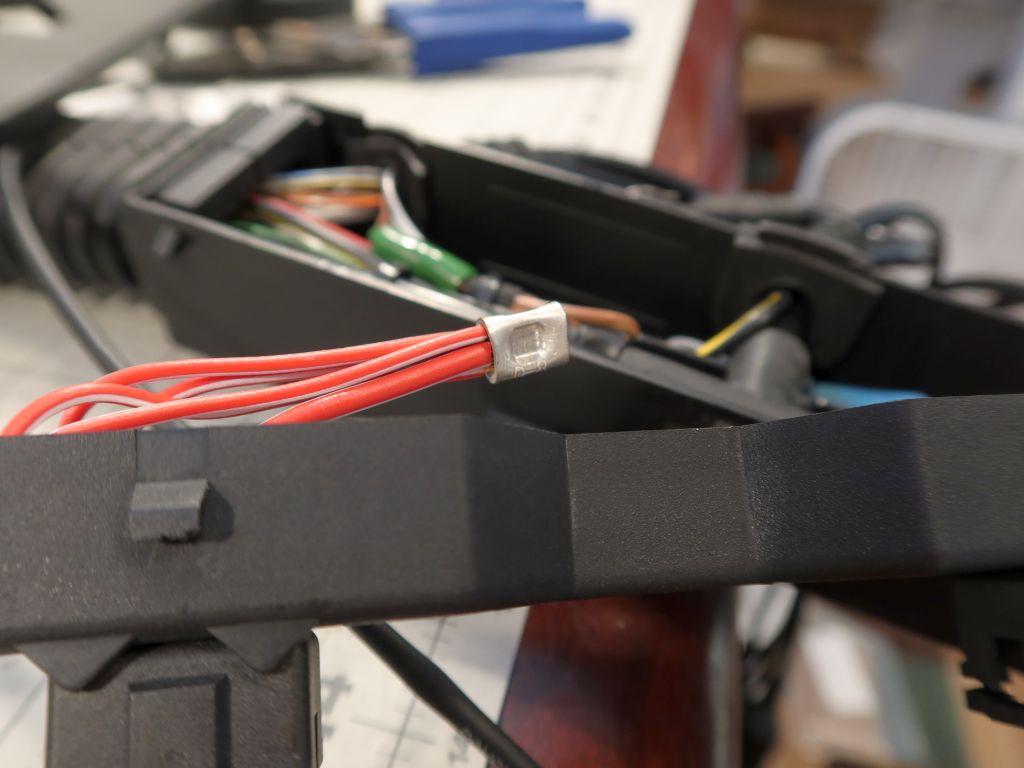
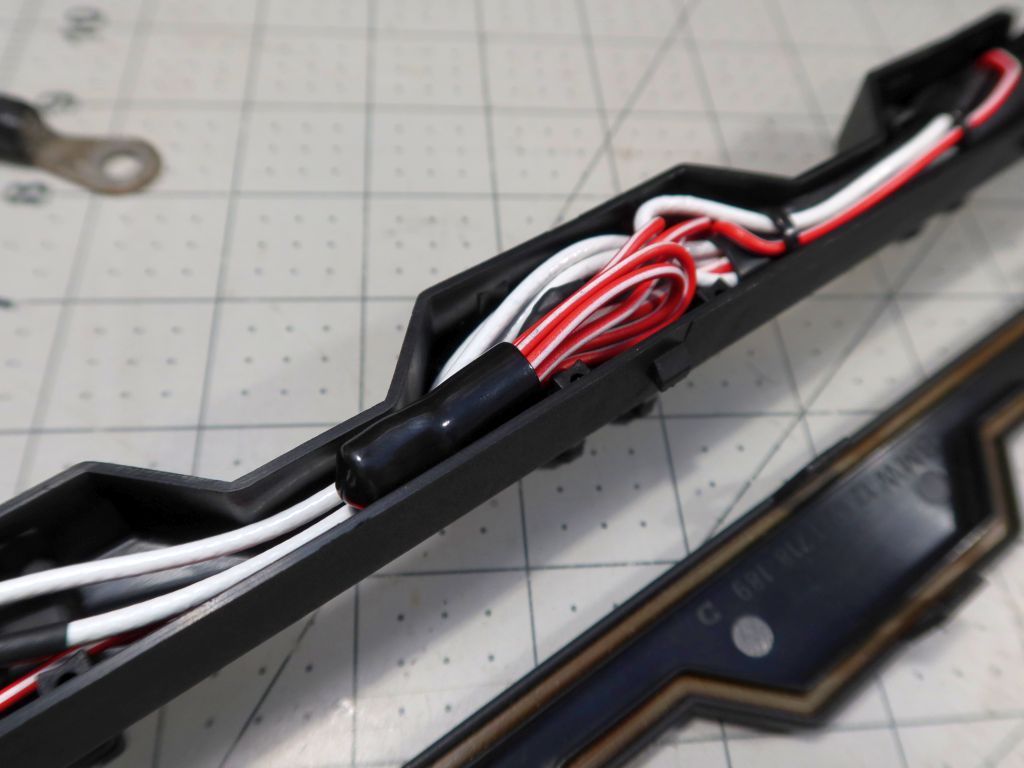
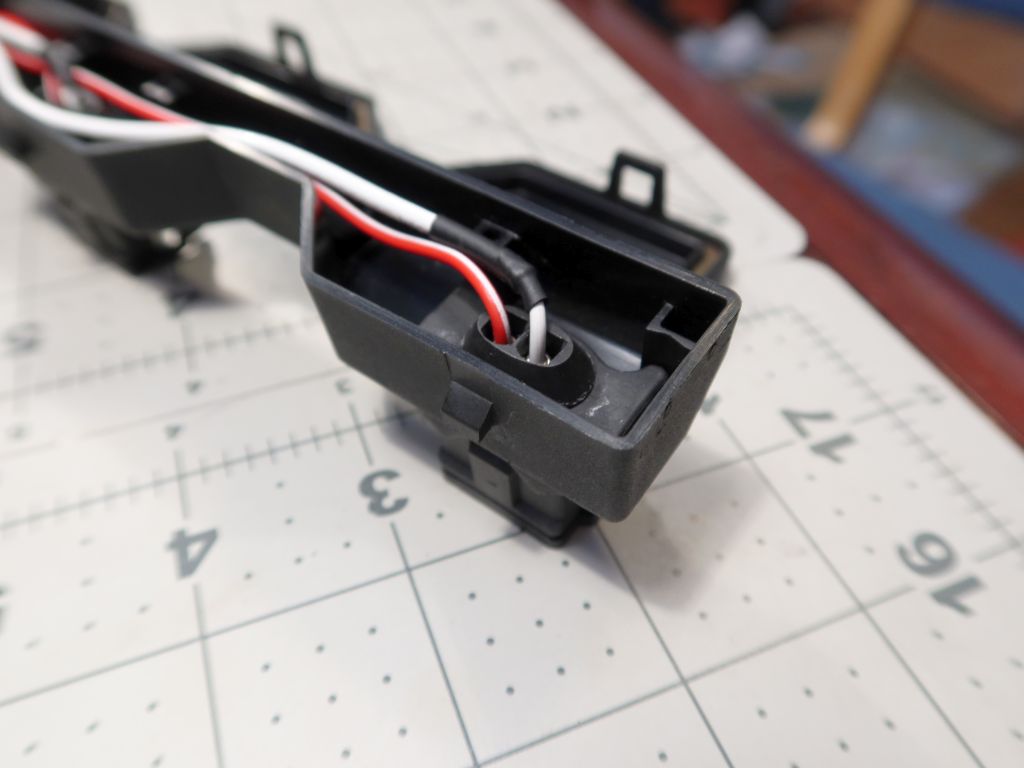
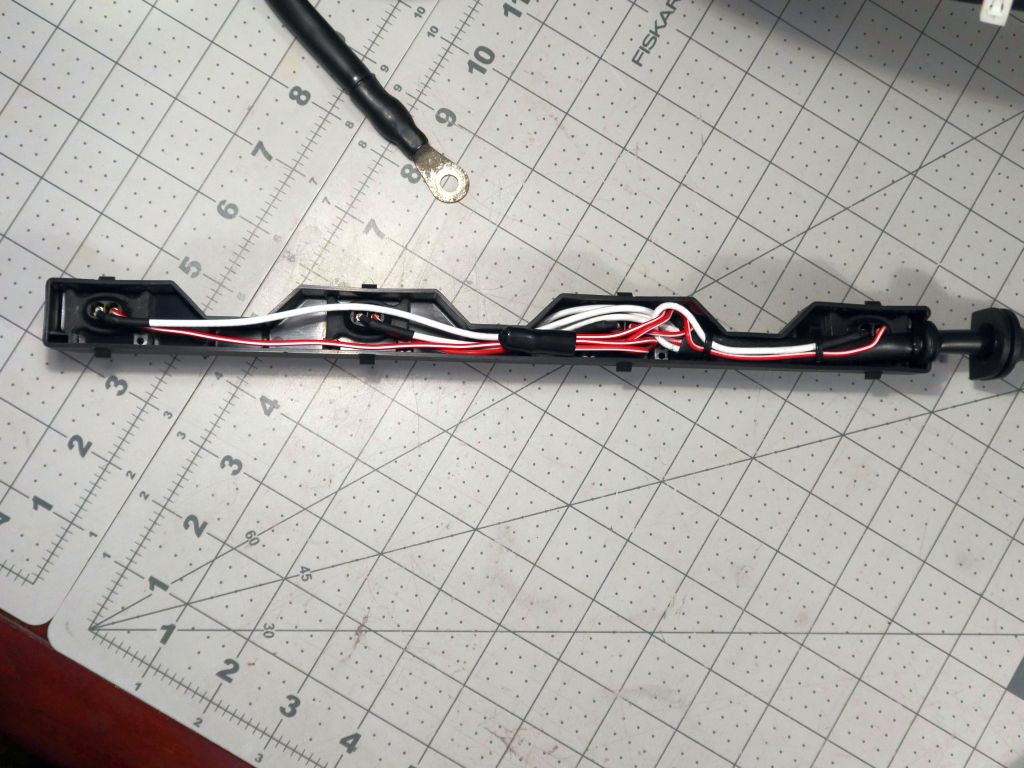
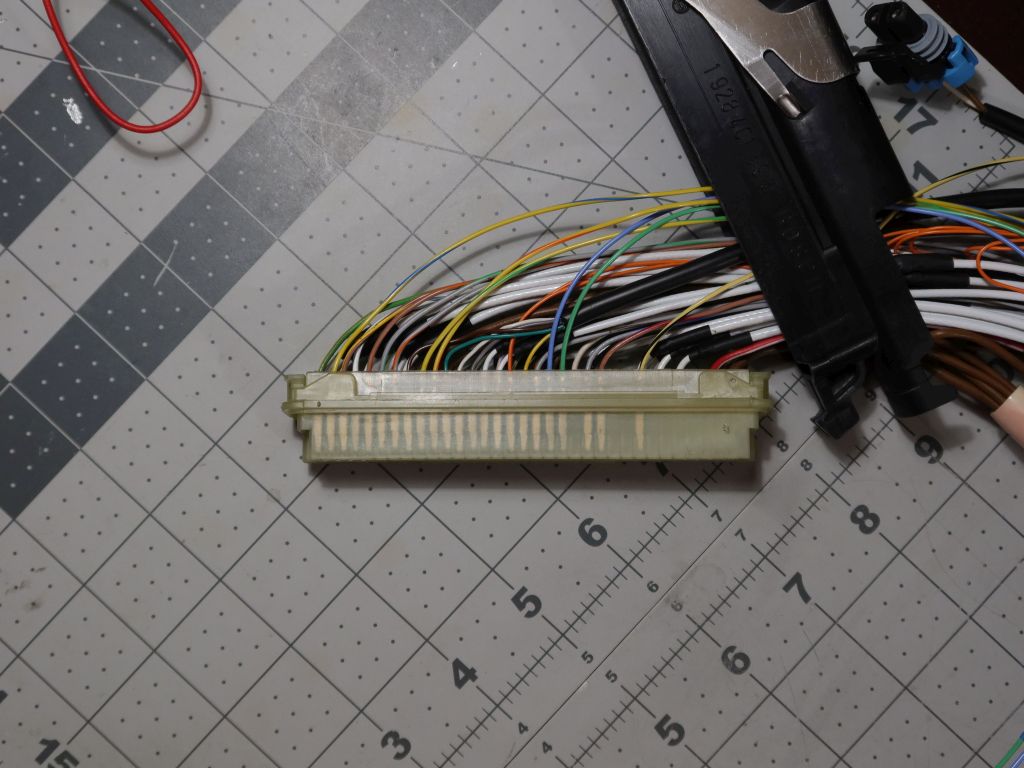
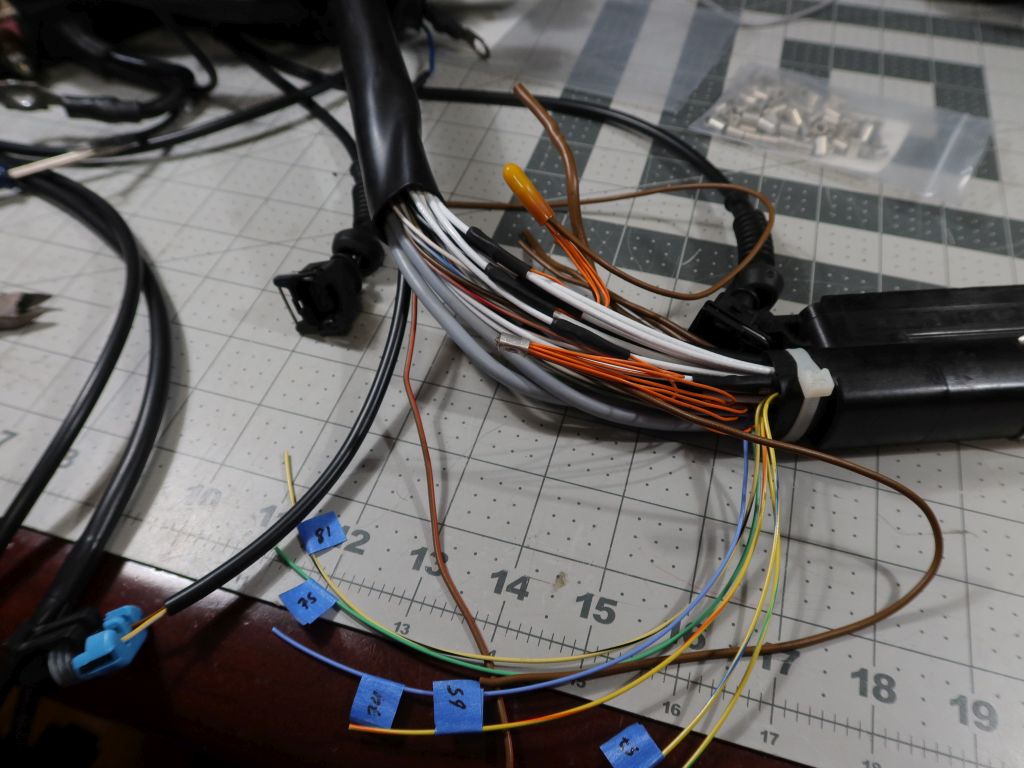
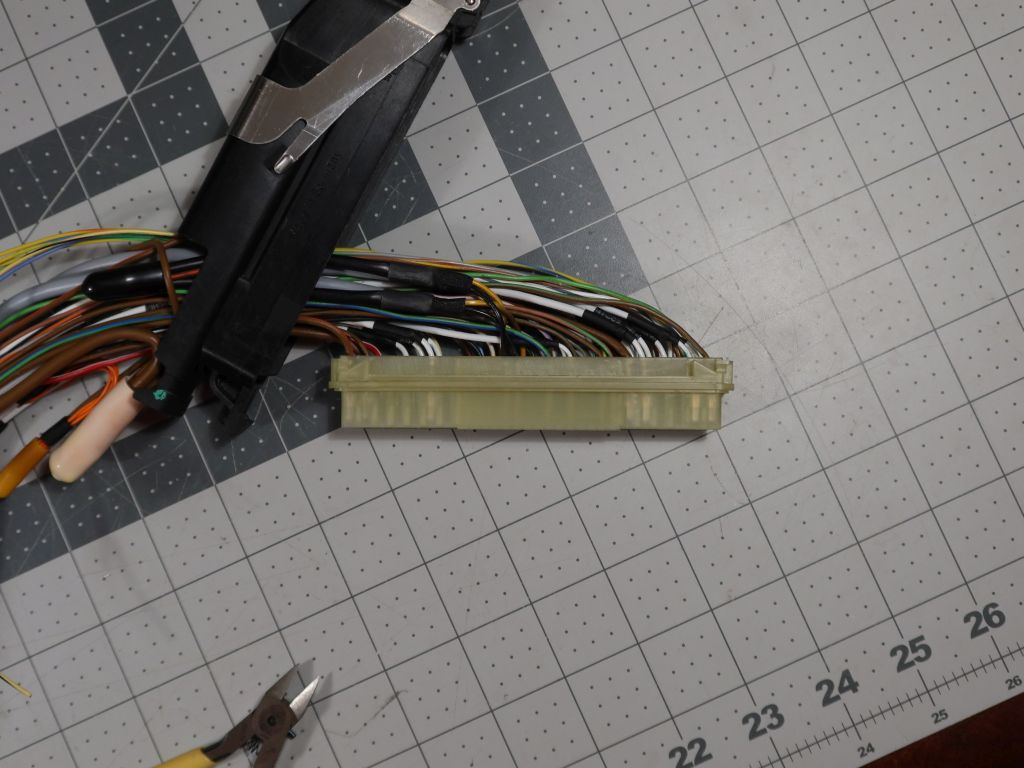
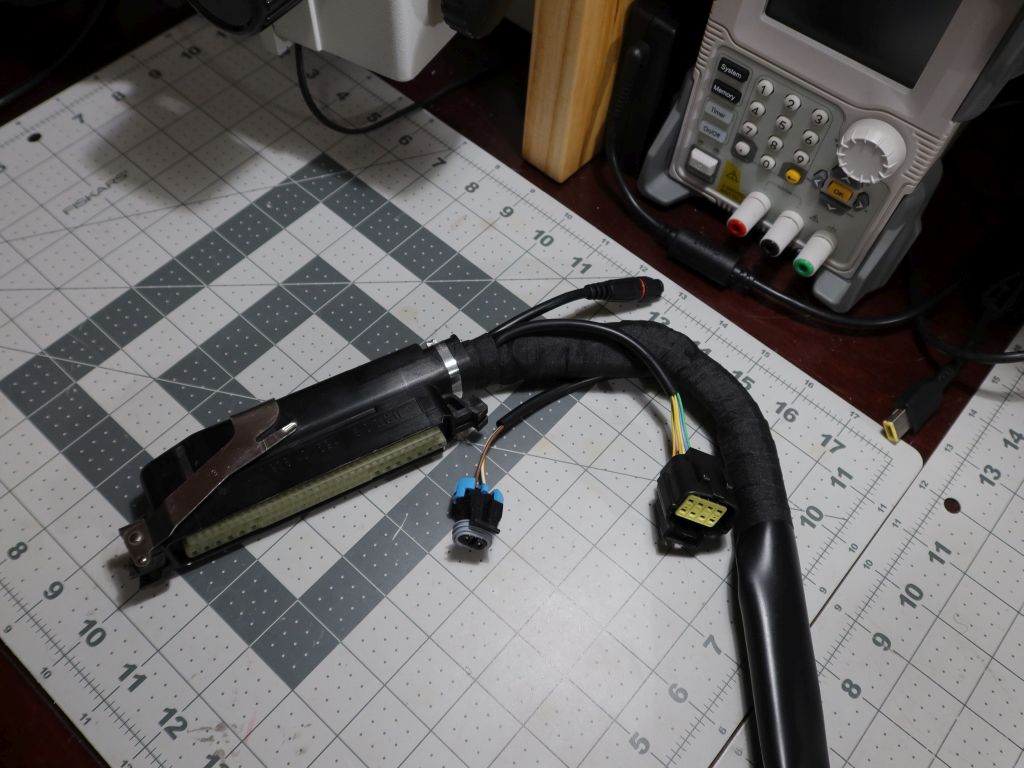
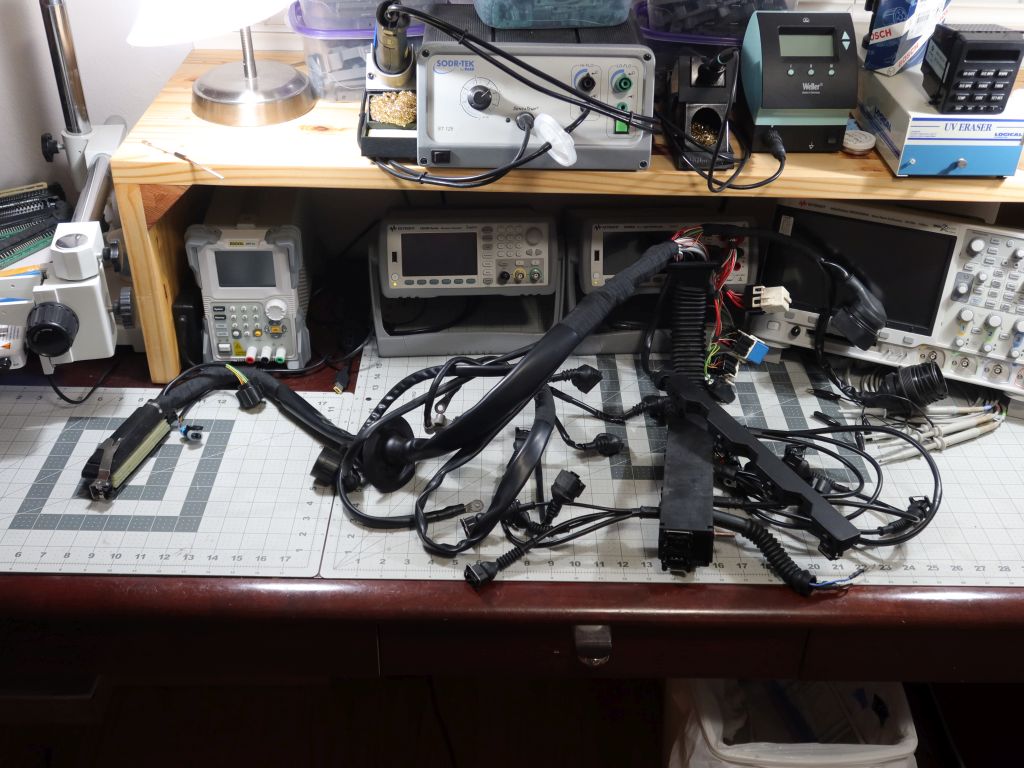
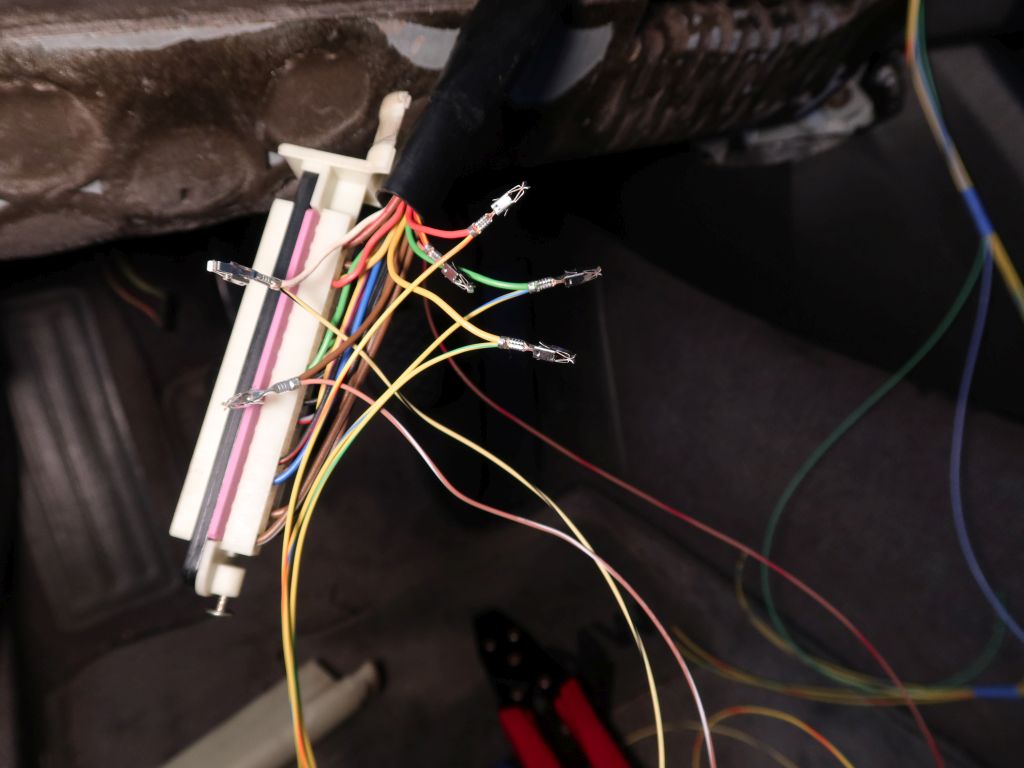
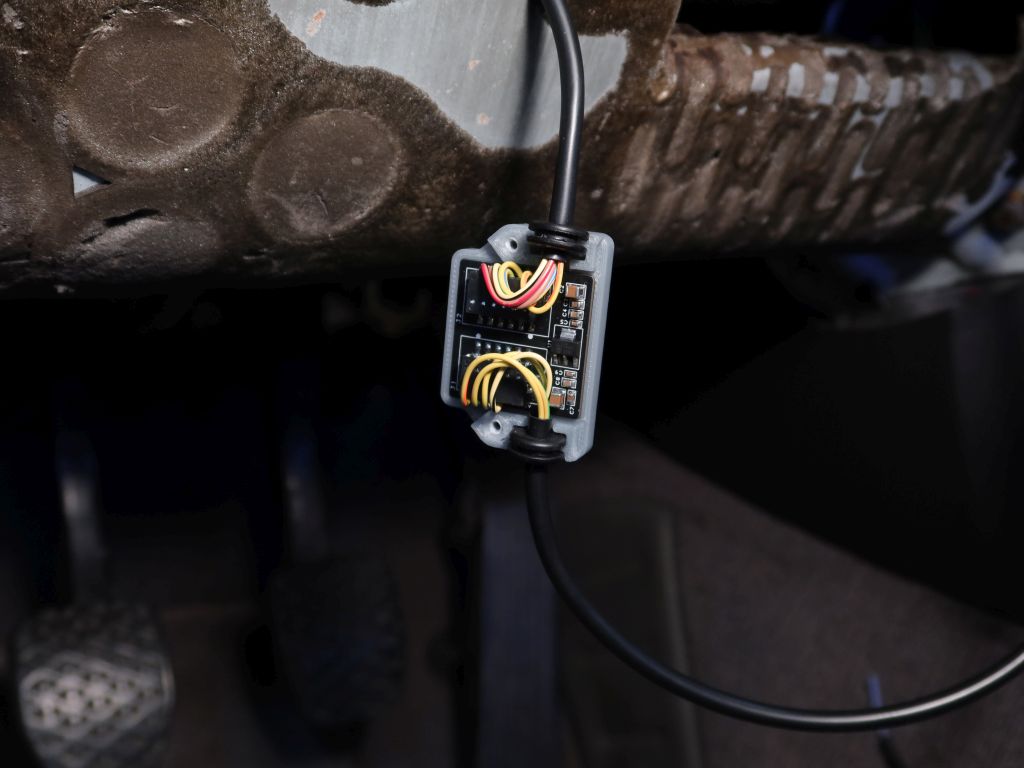
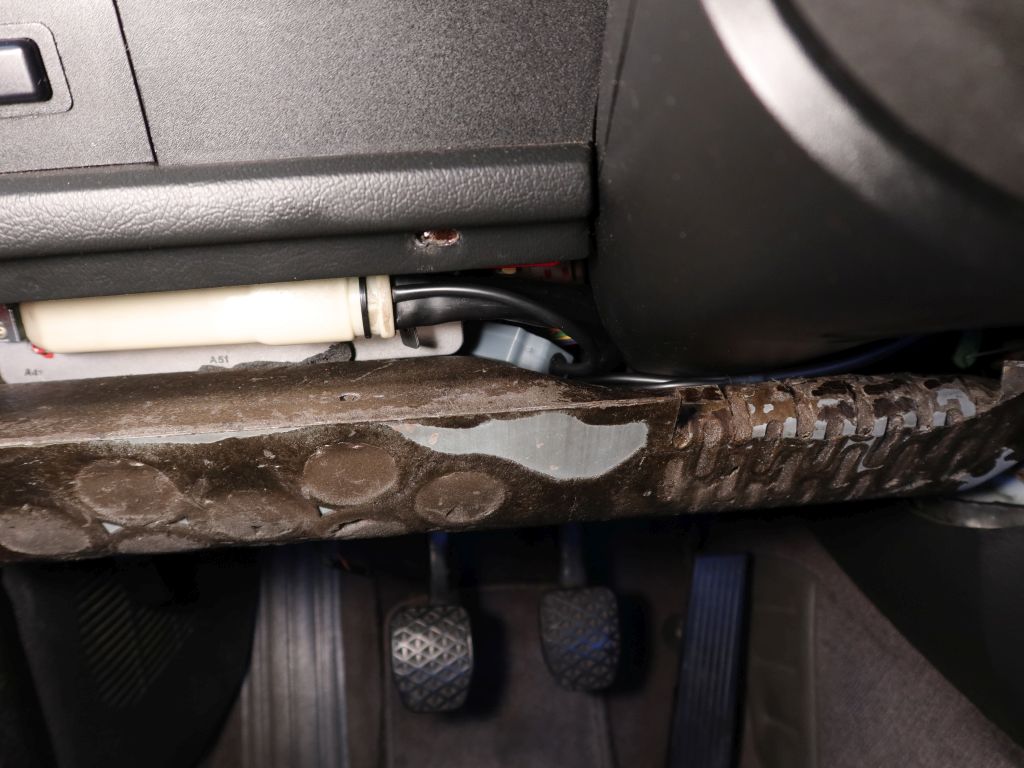
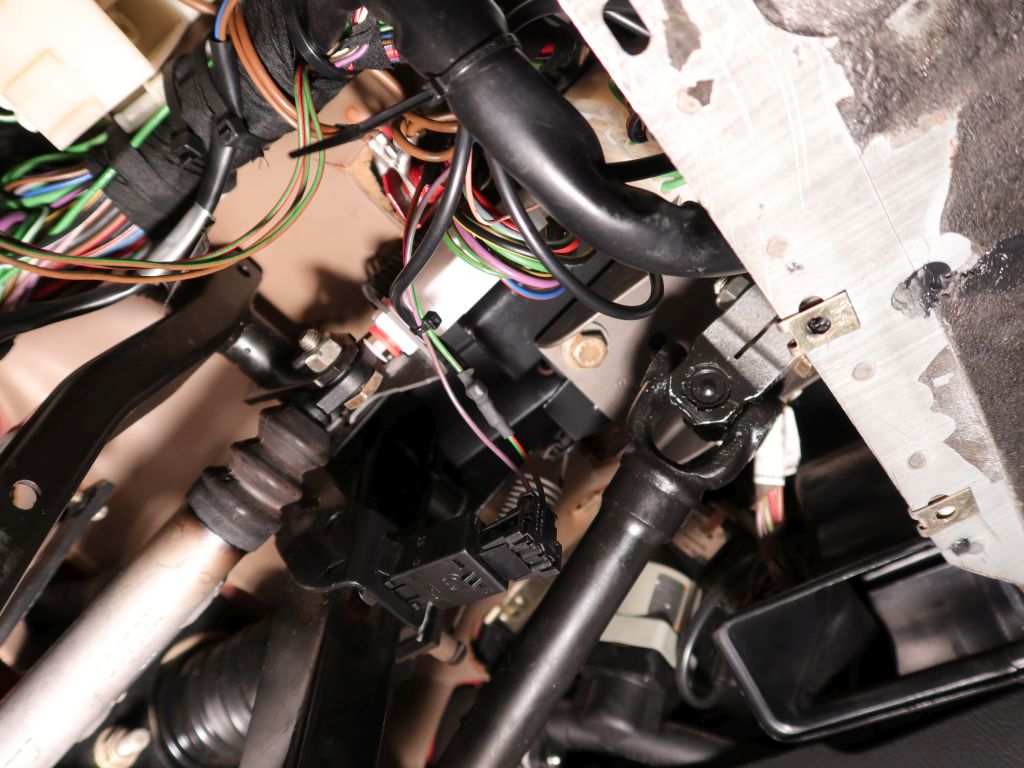
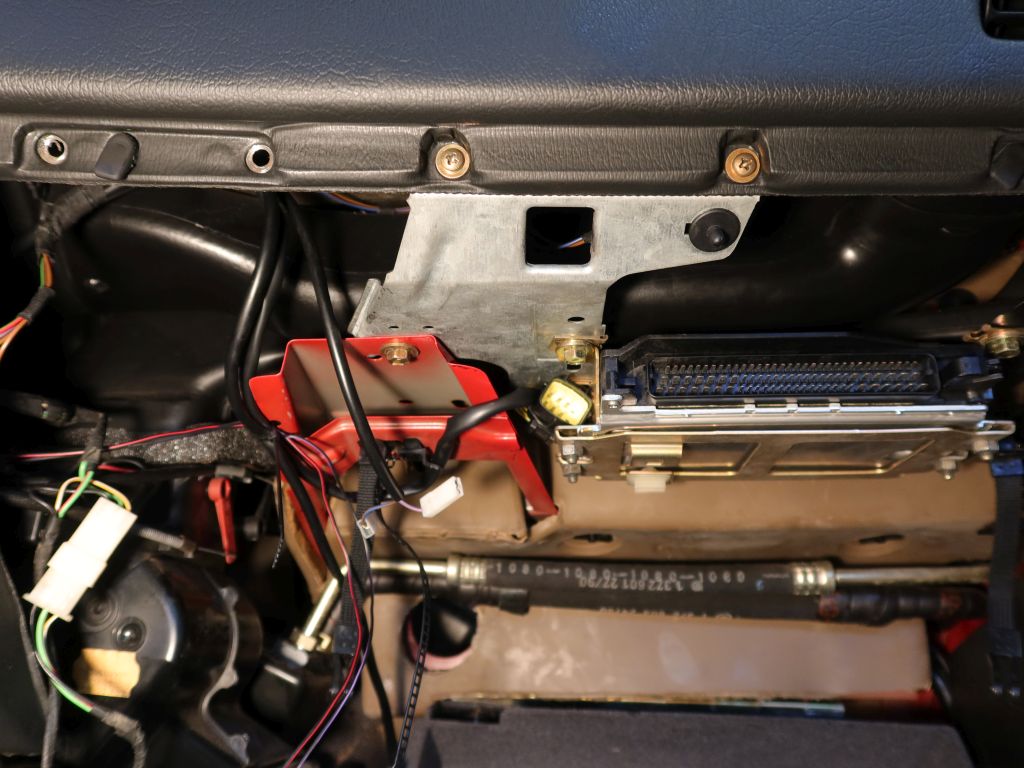
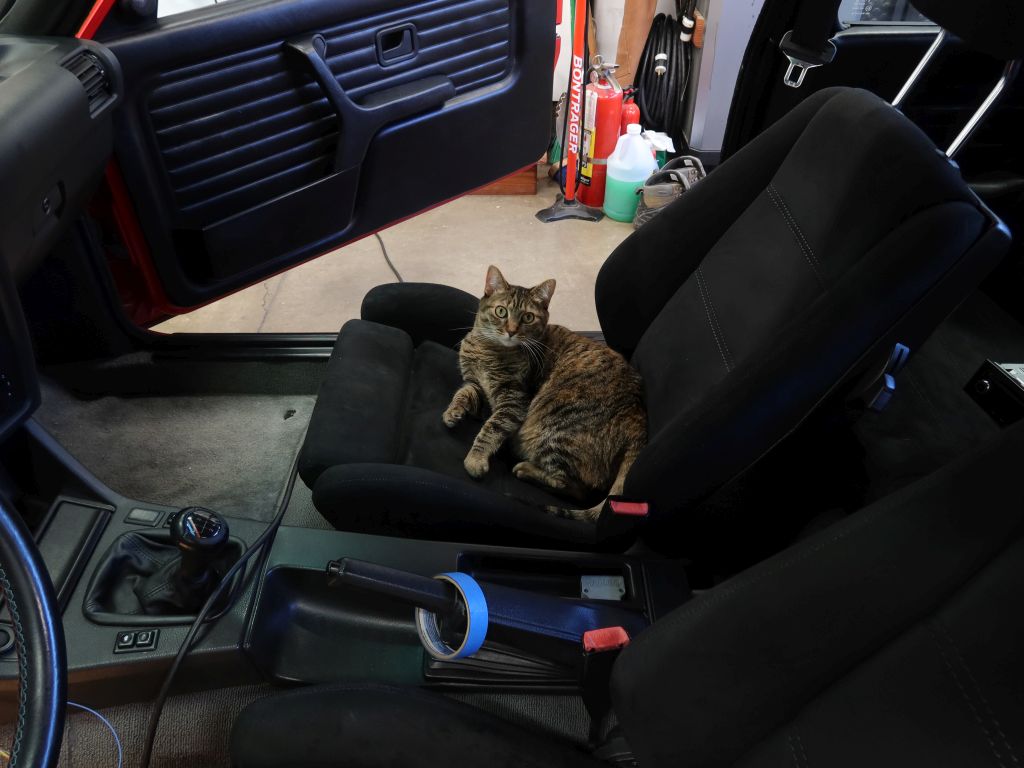
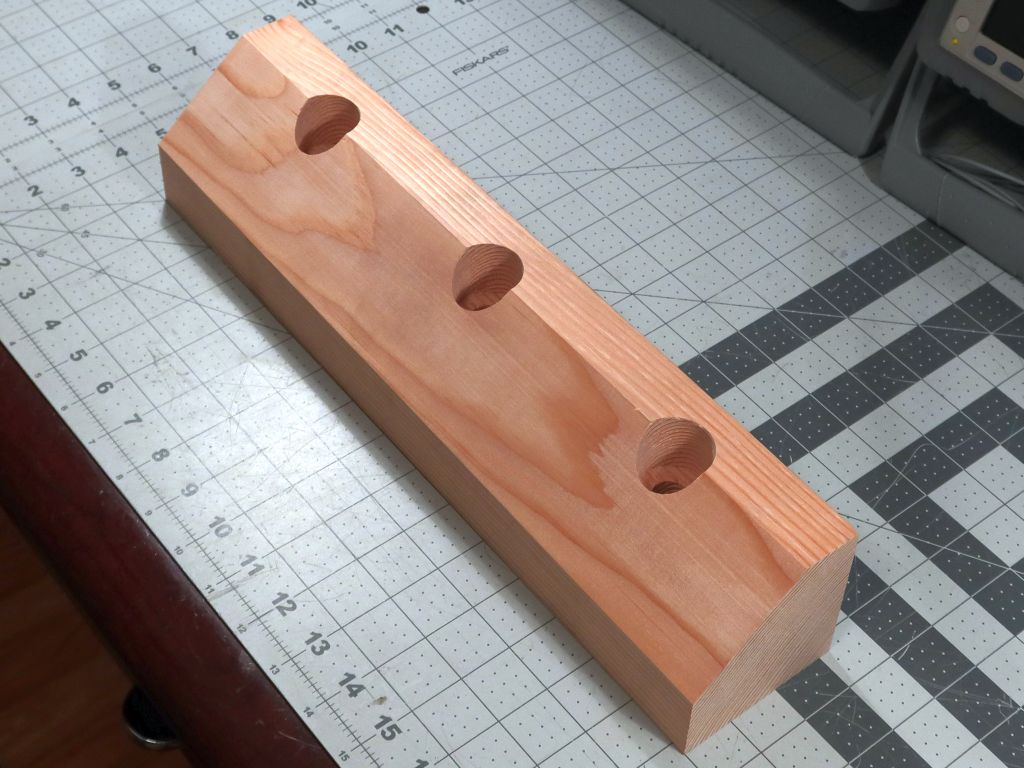
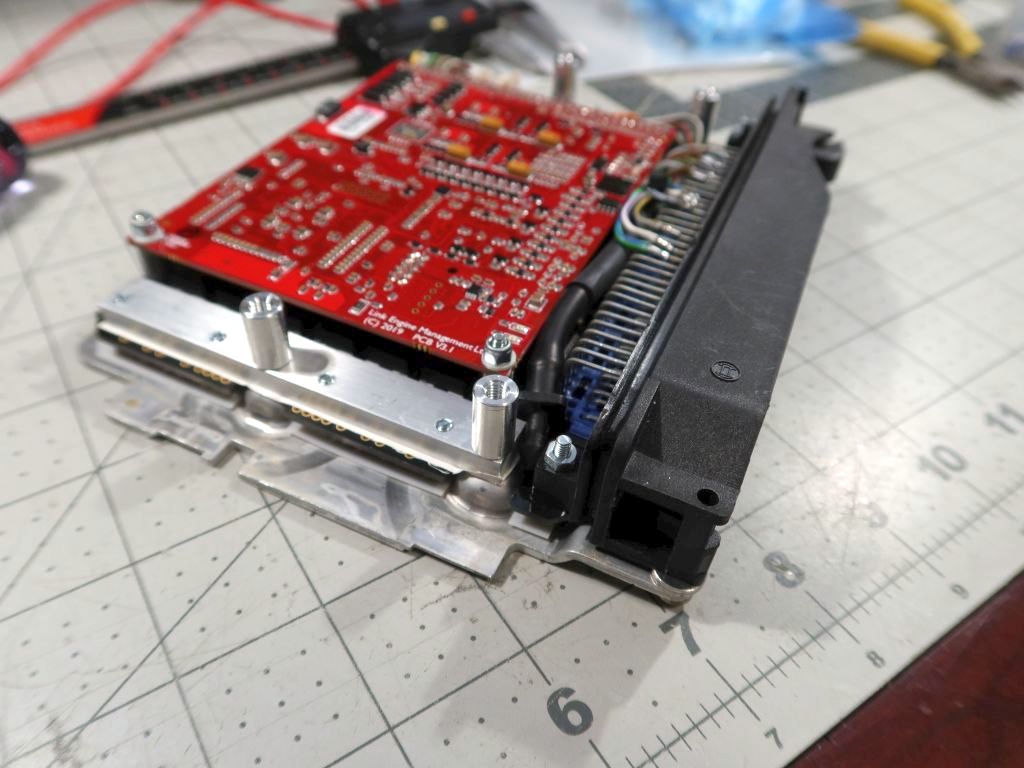
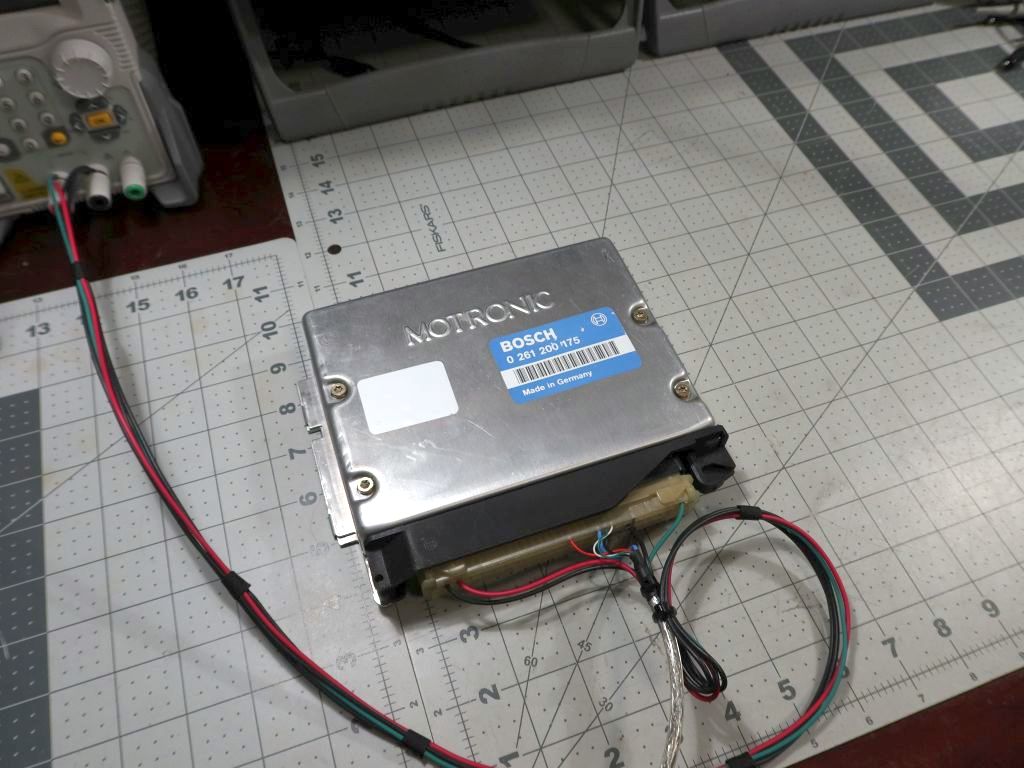
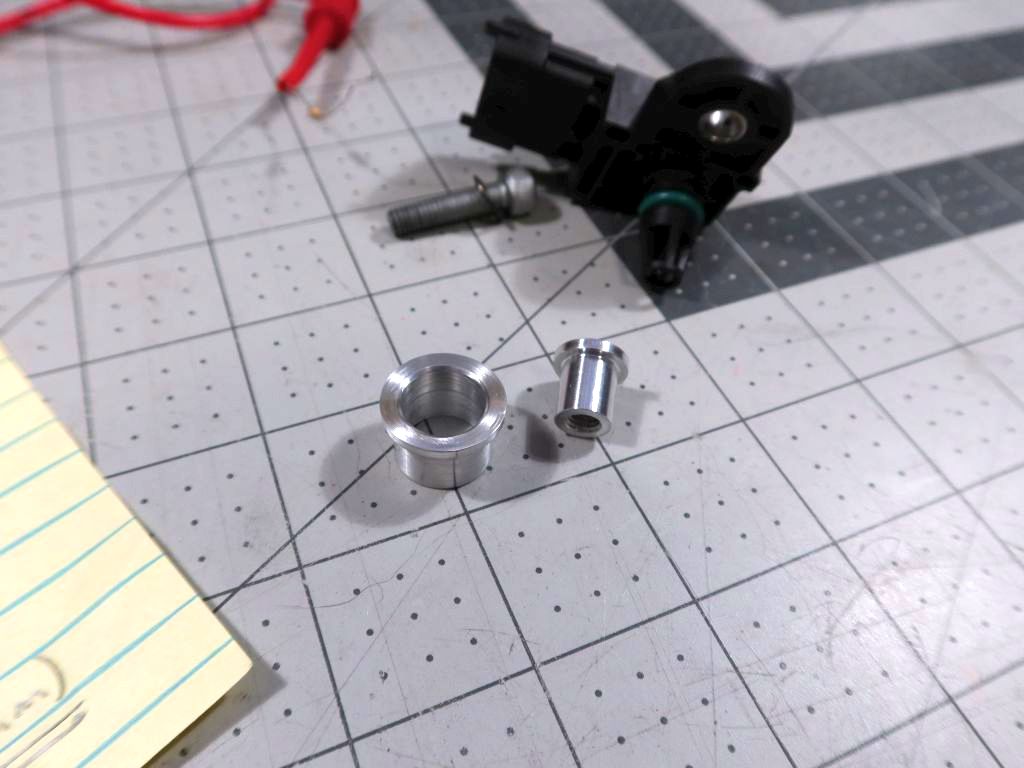
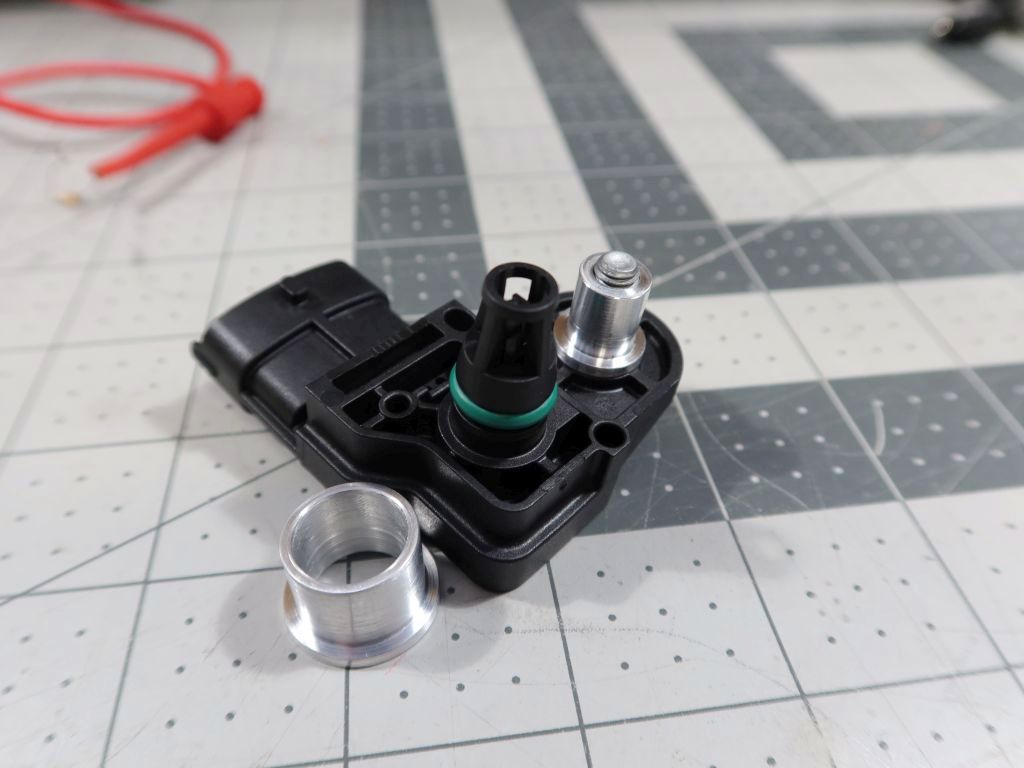
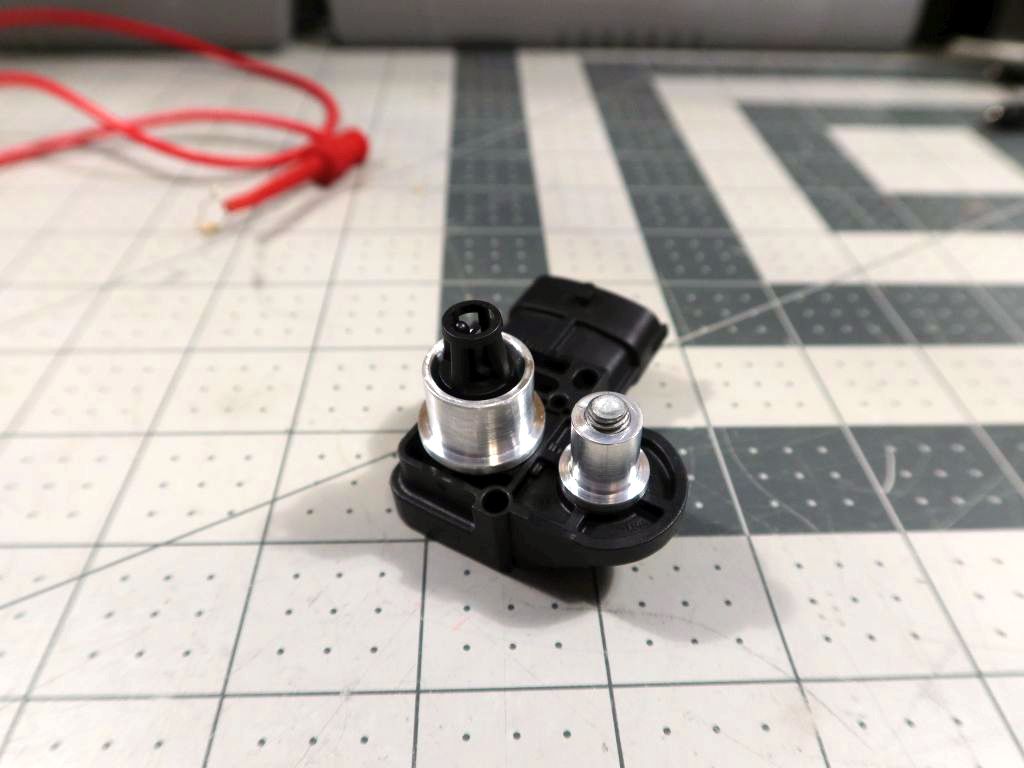
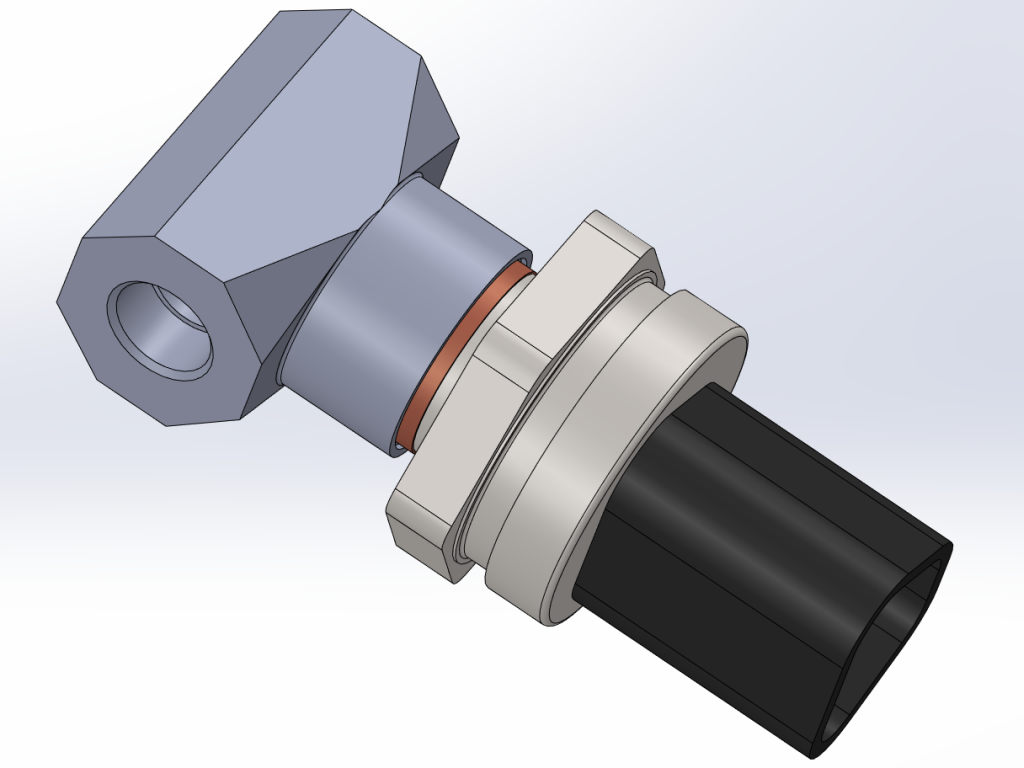
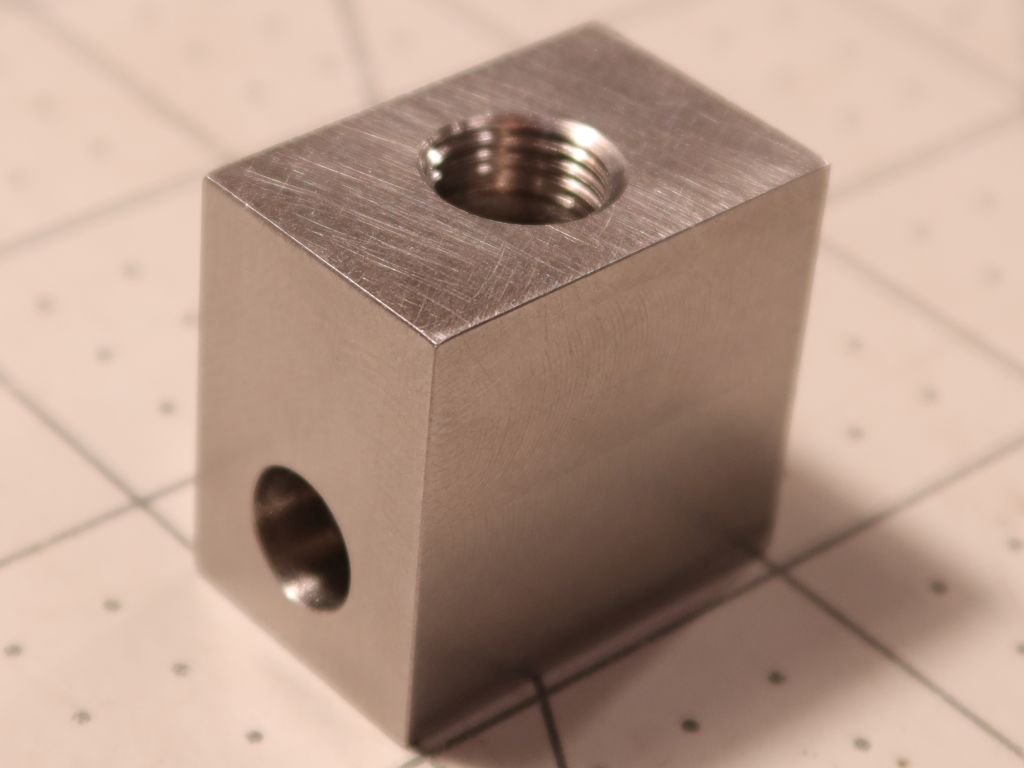
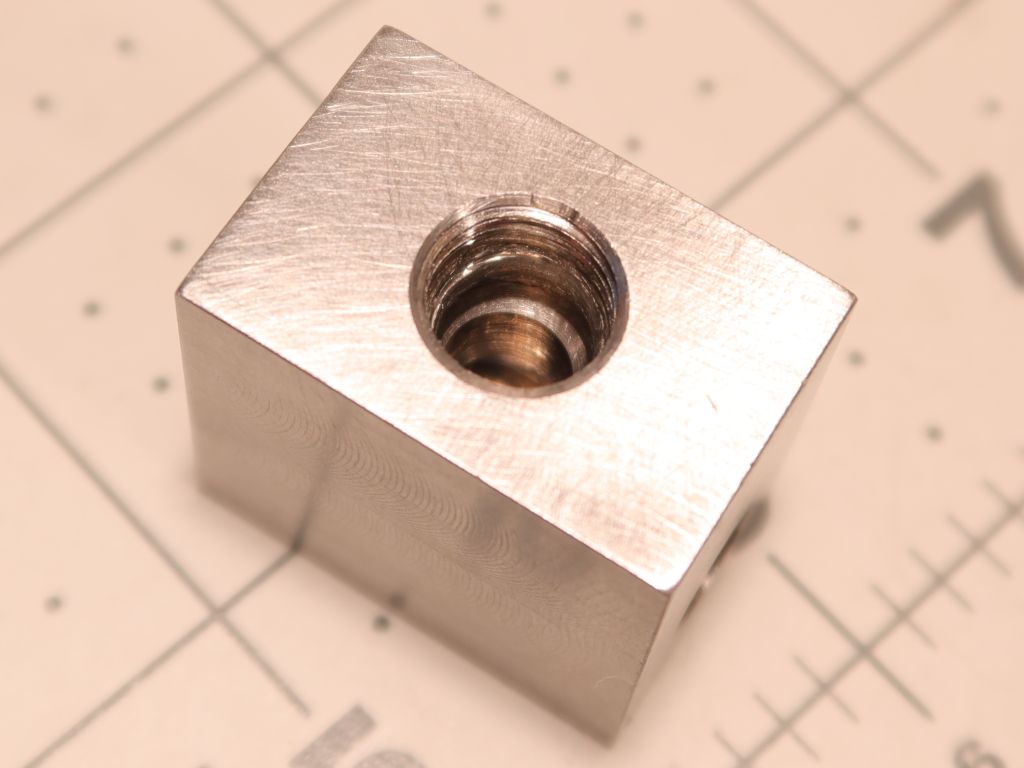
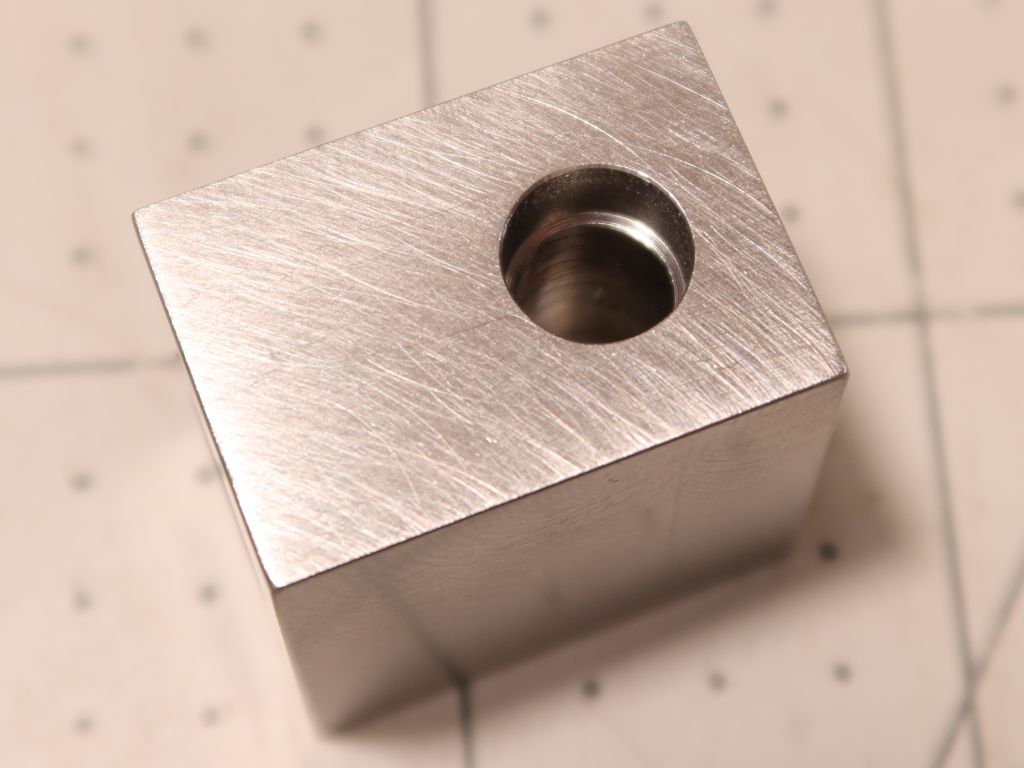
Comment